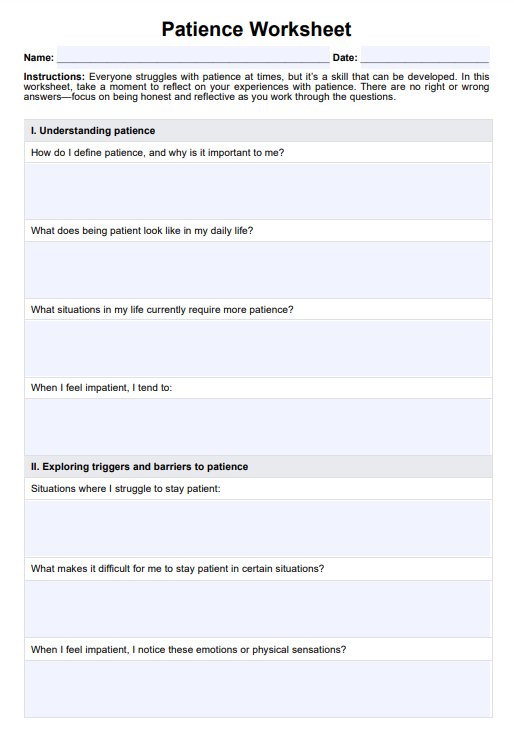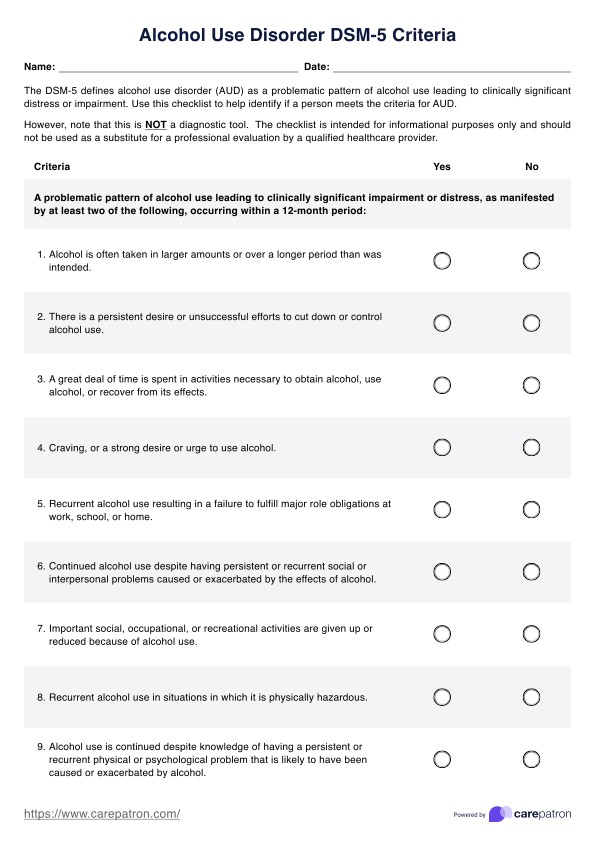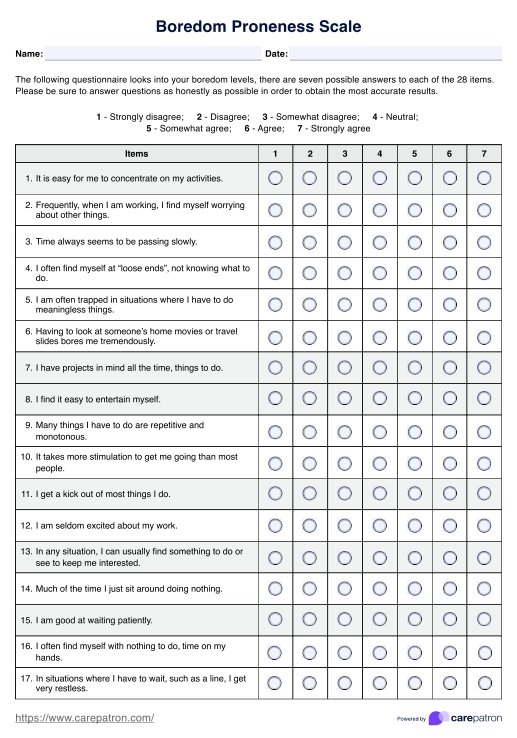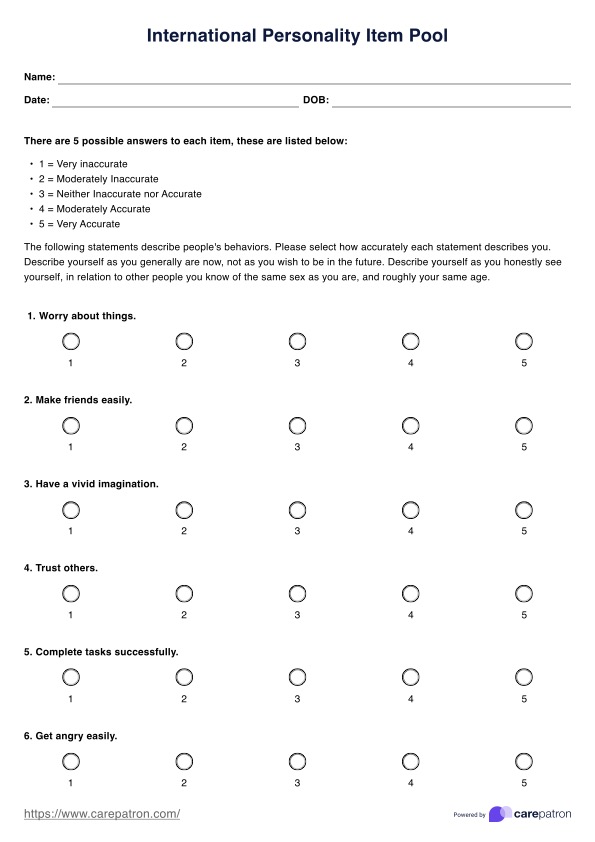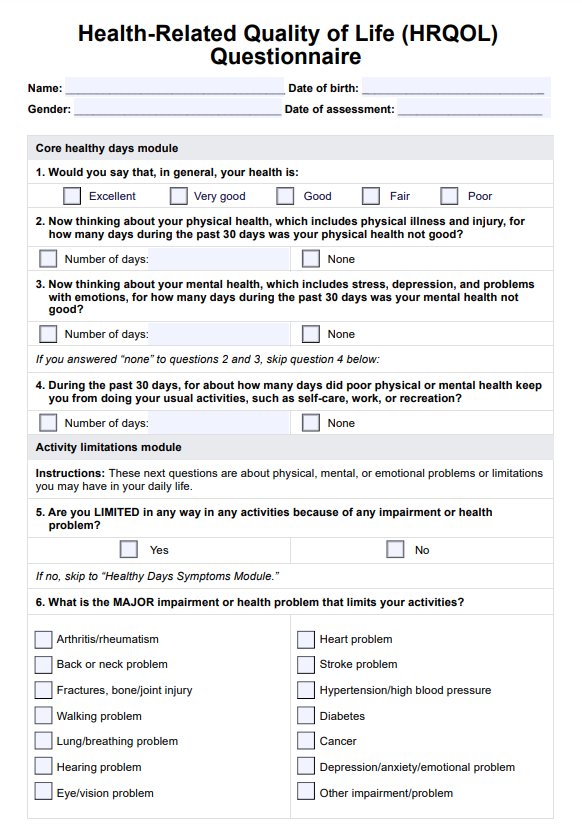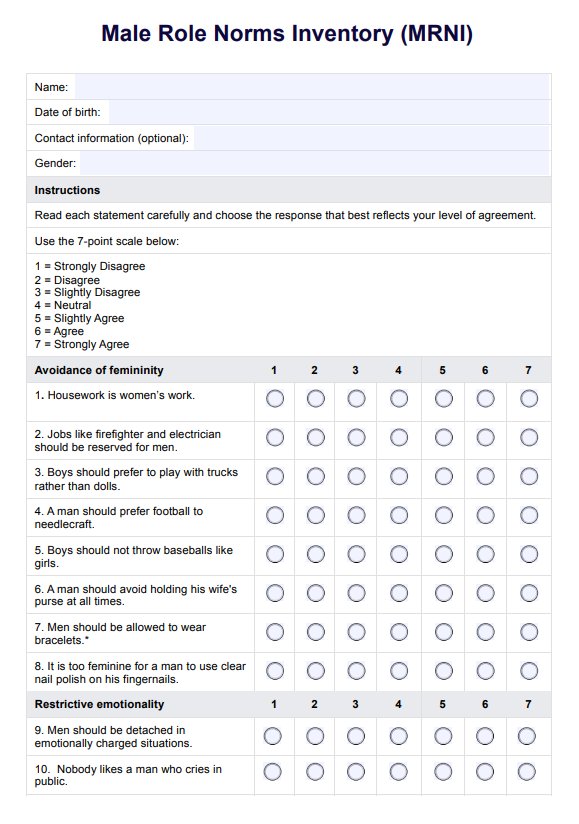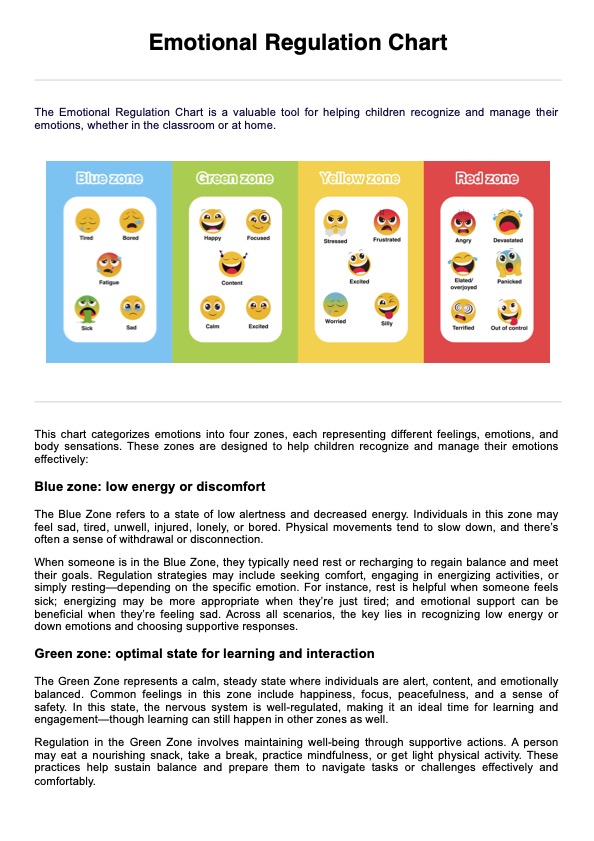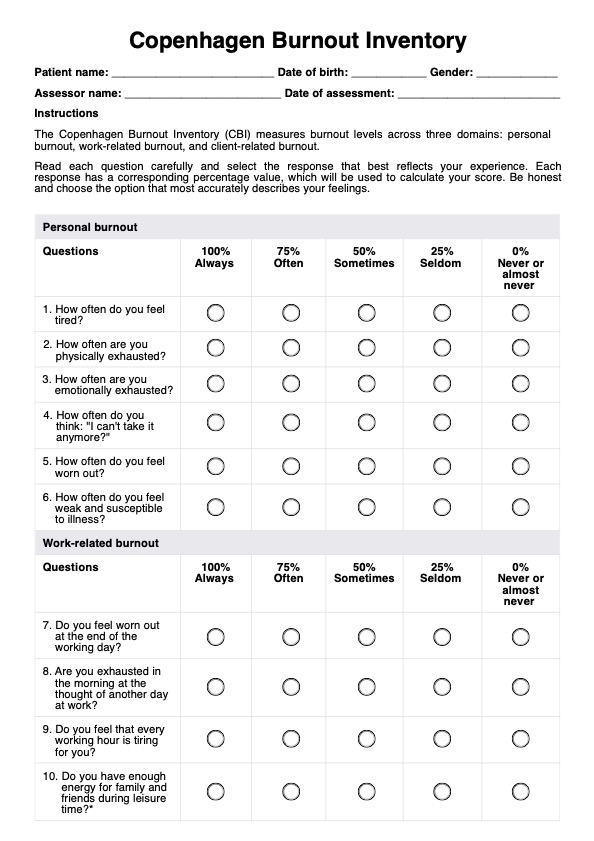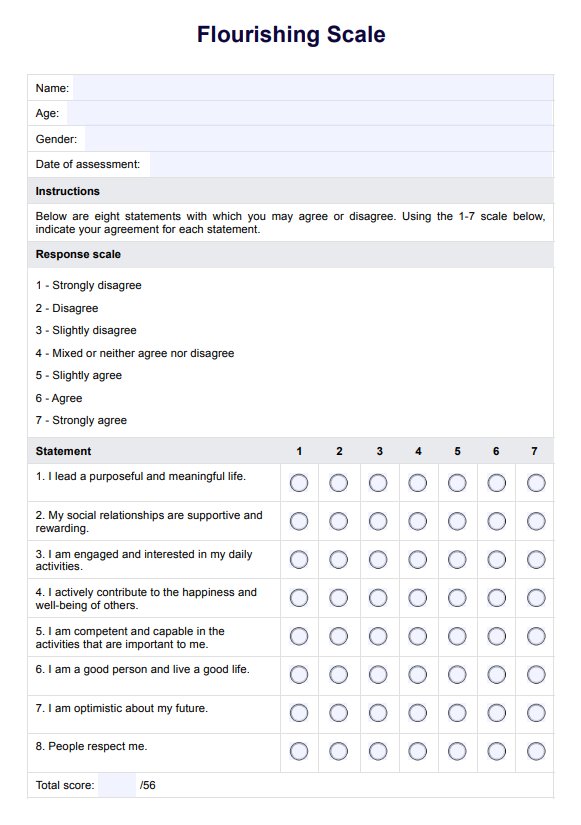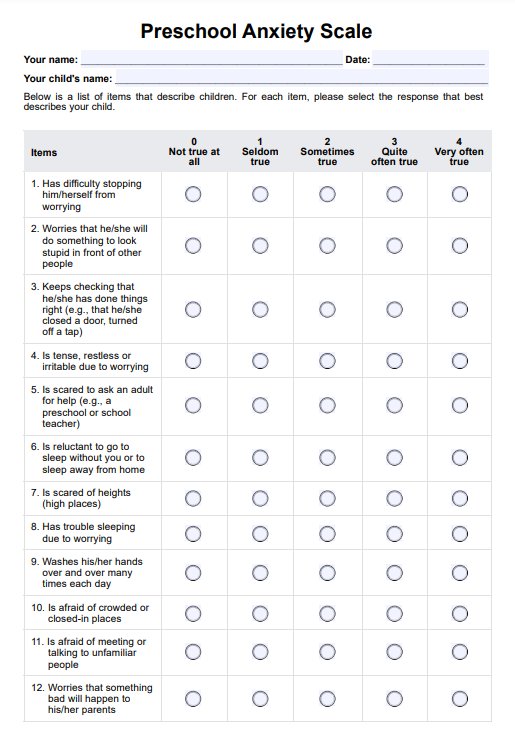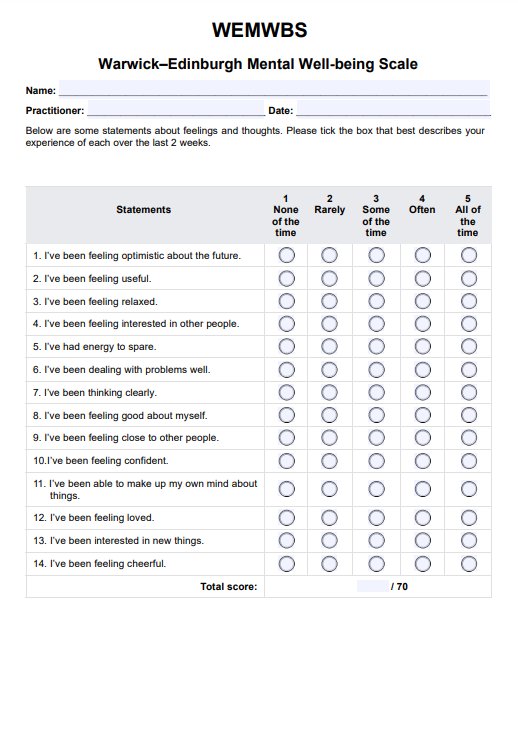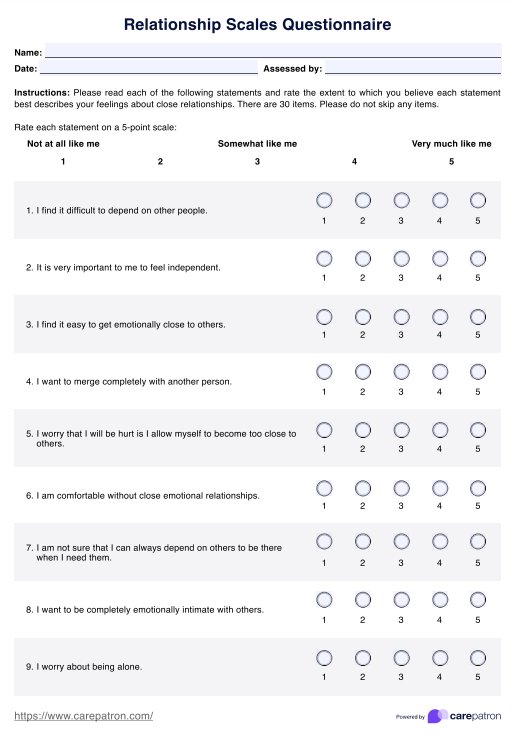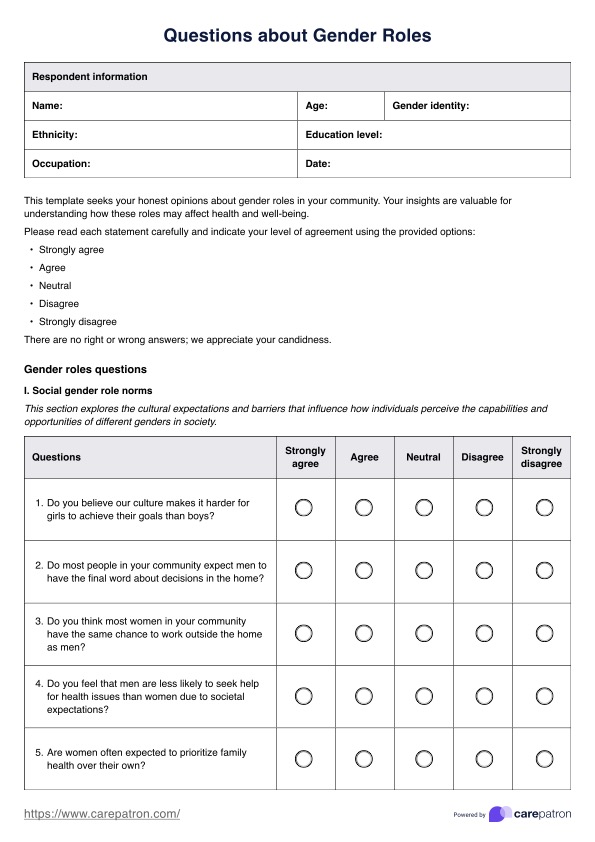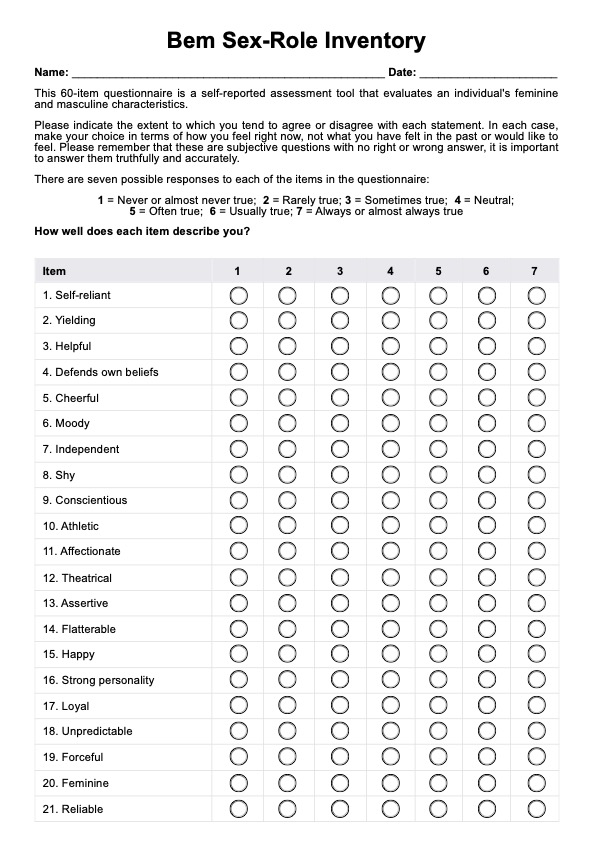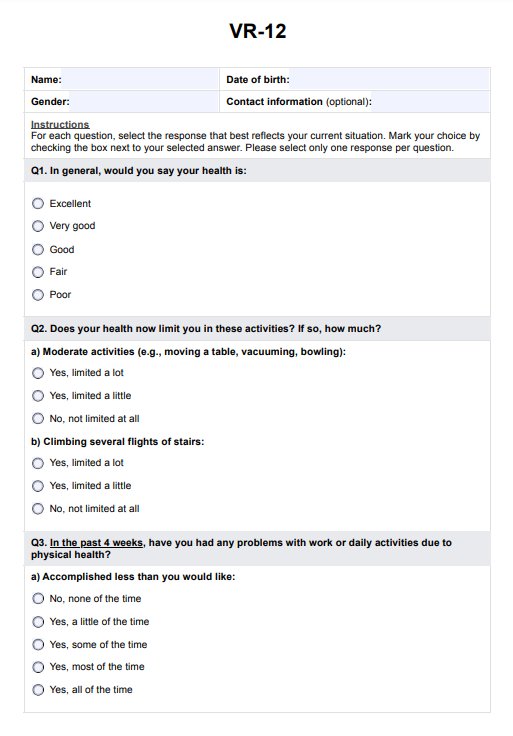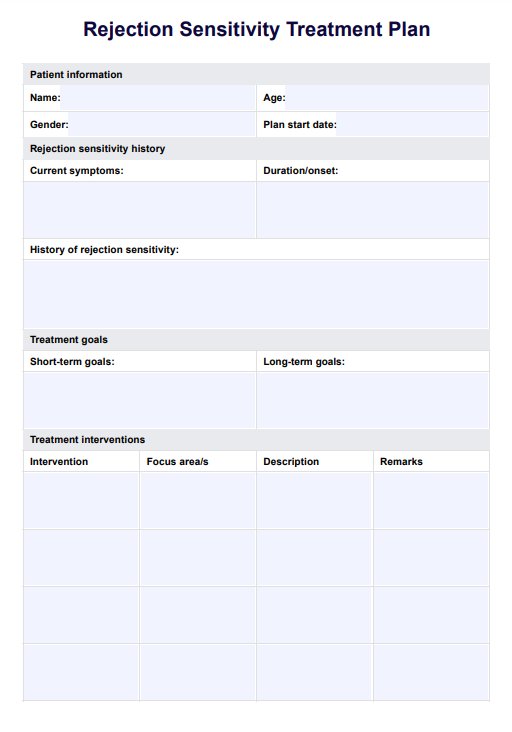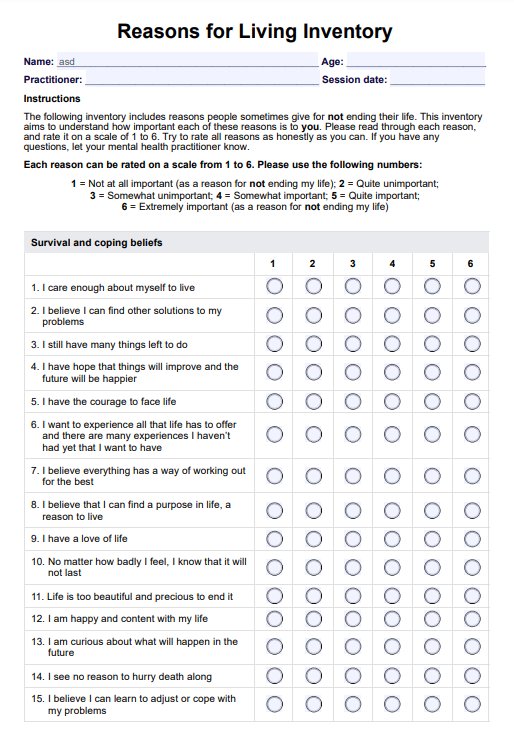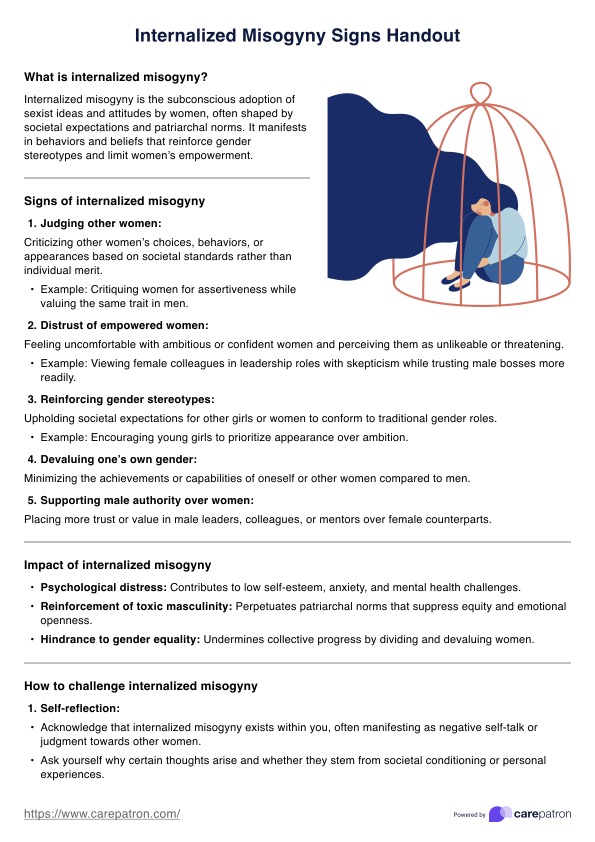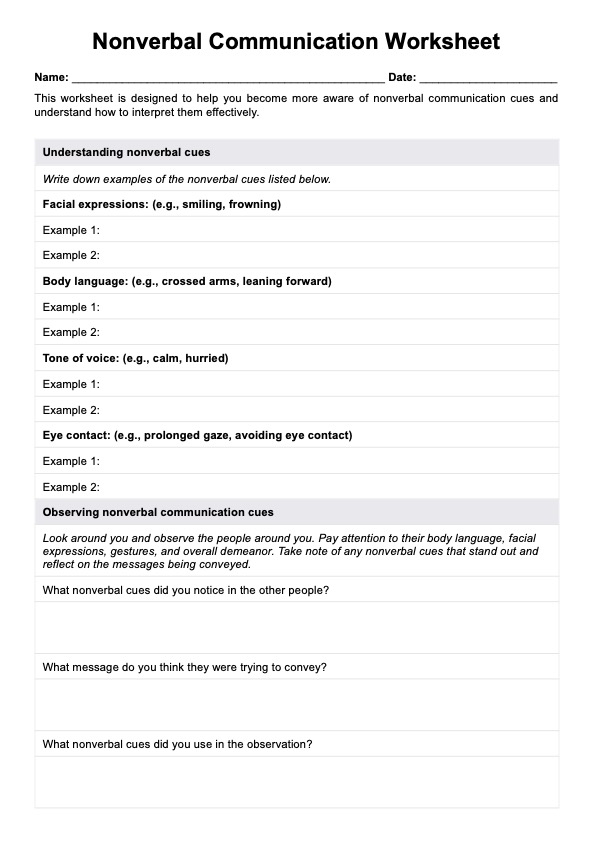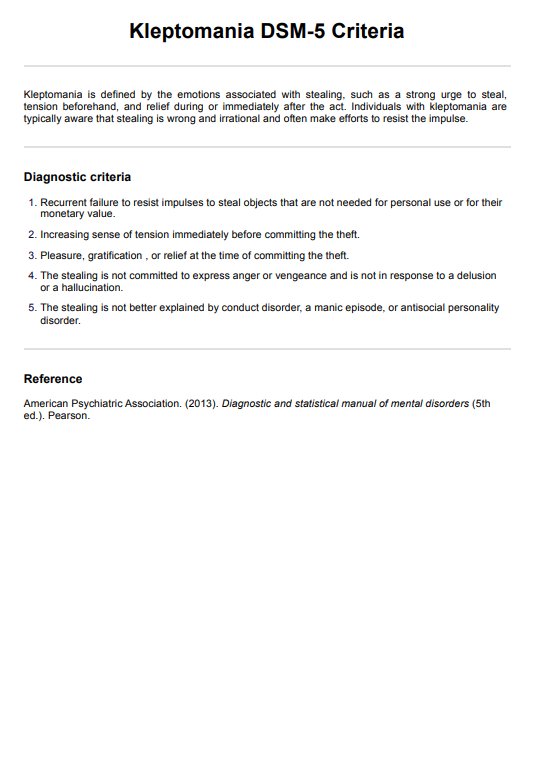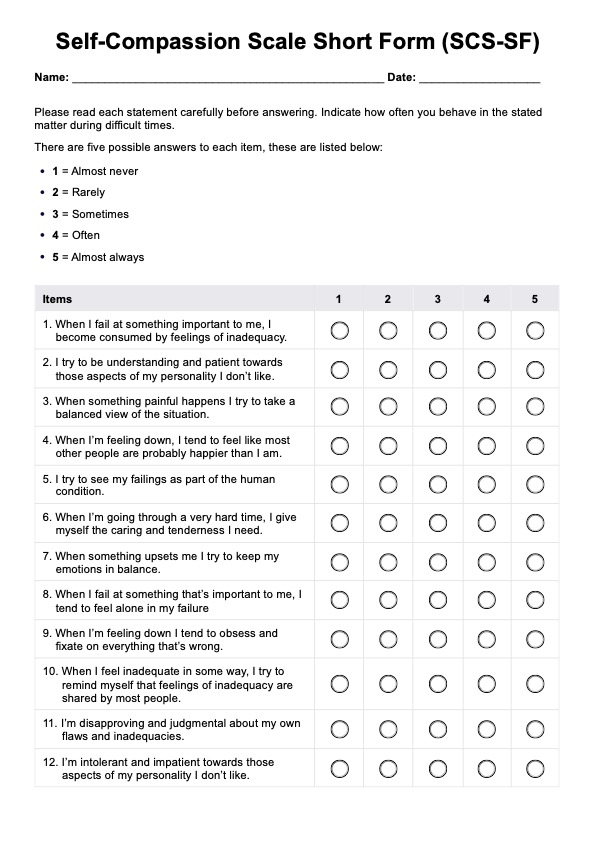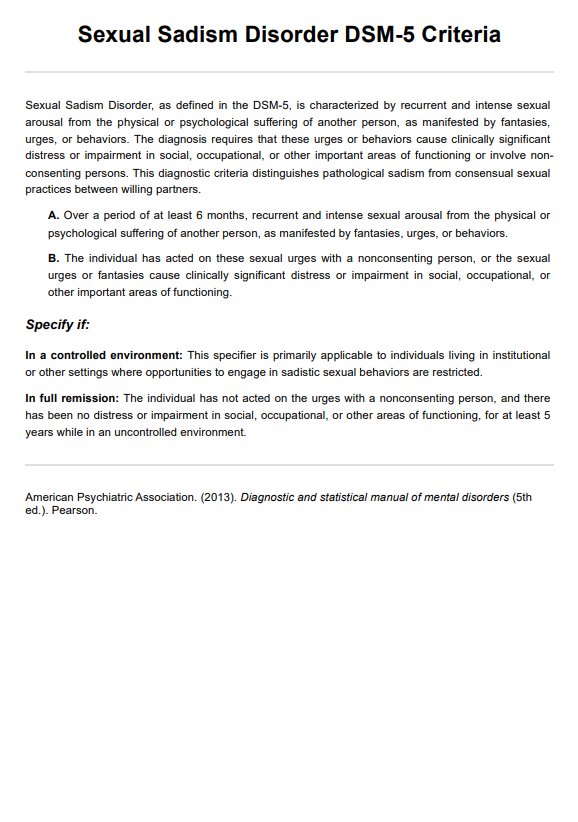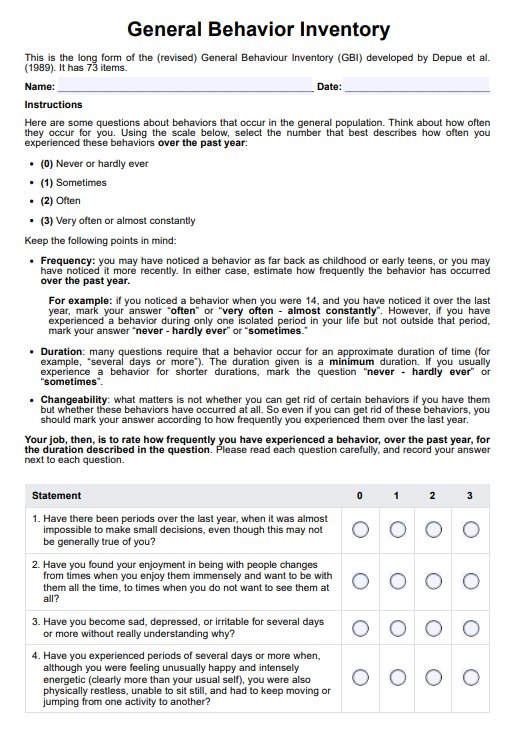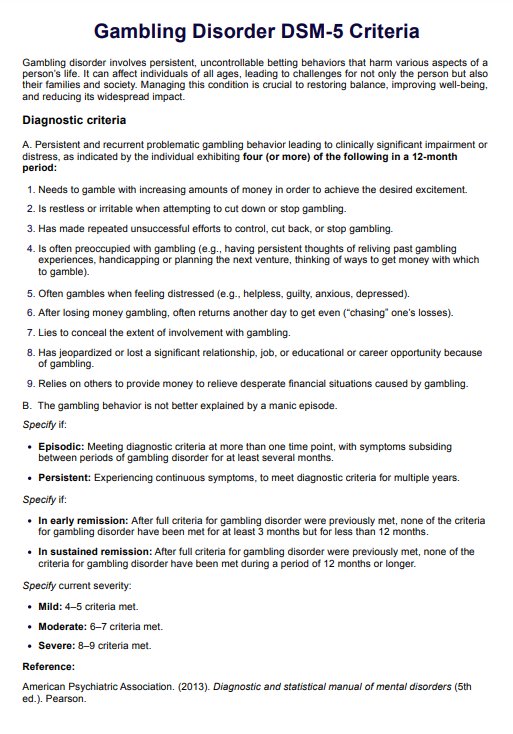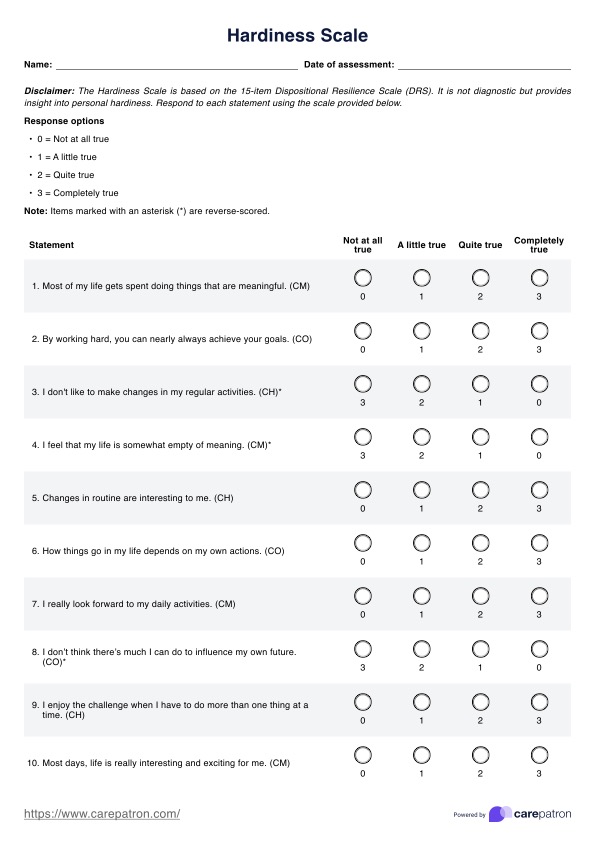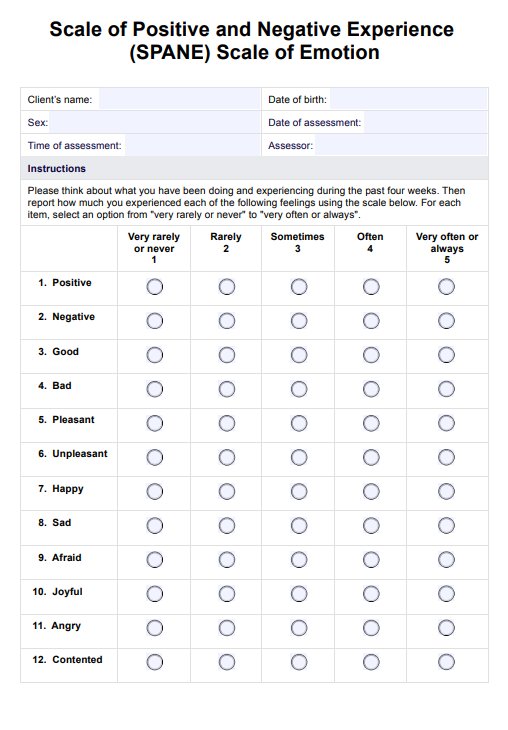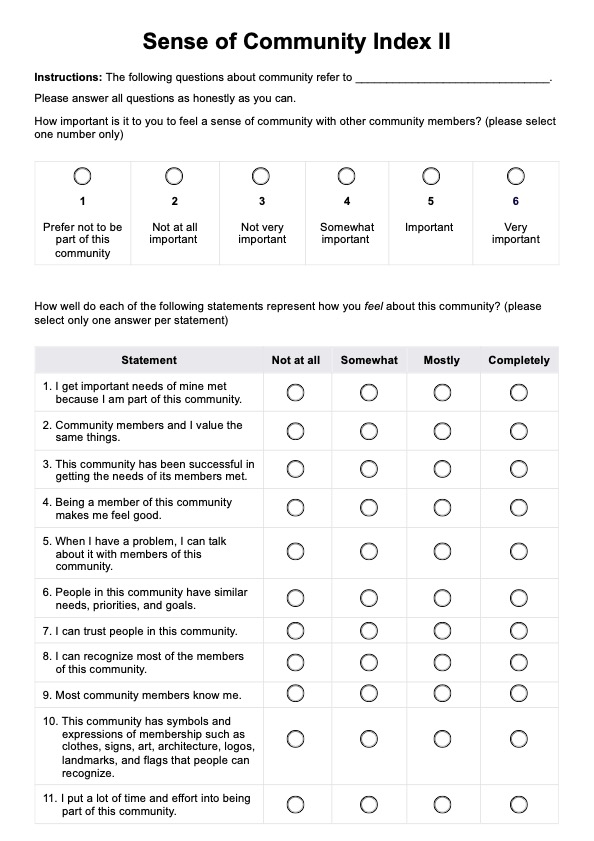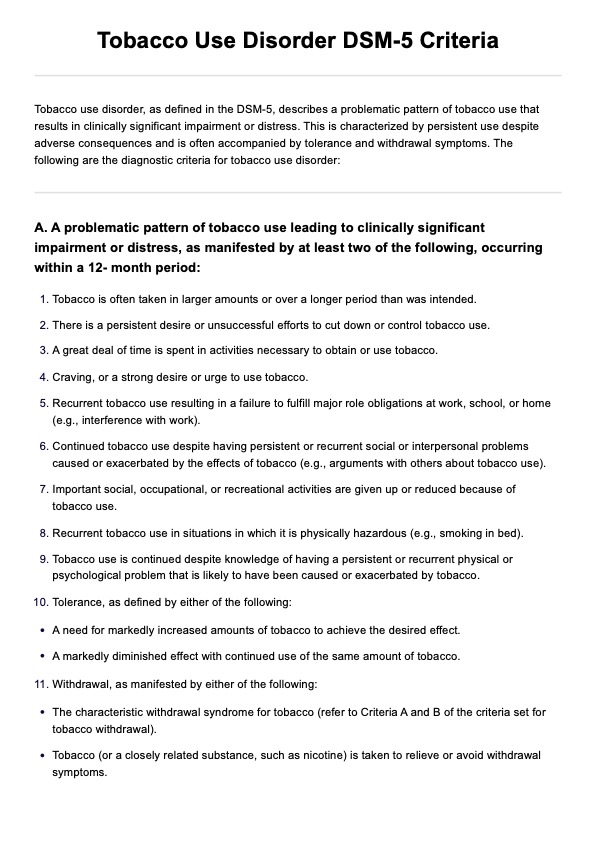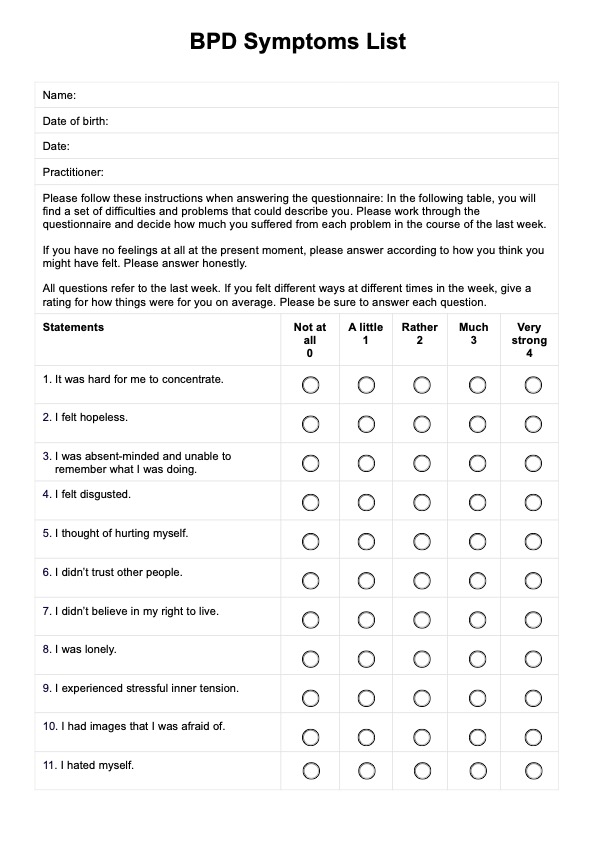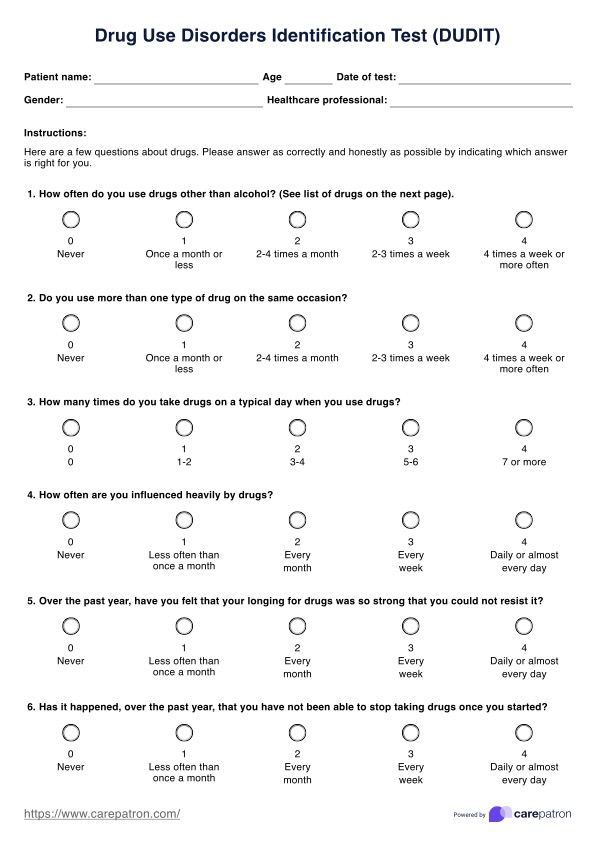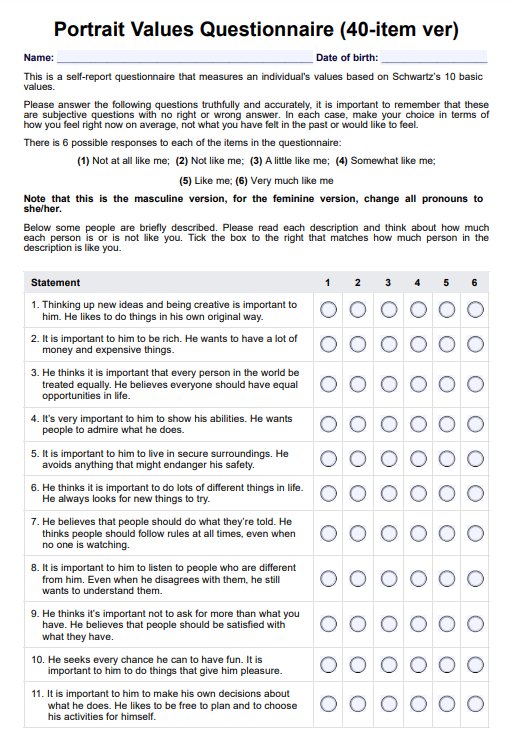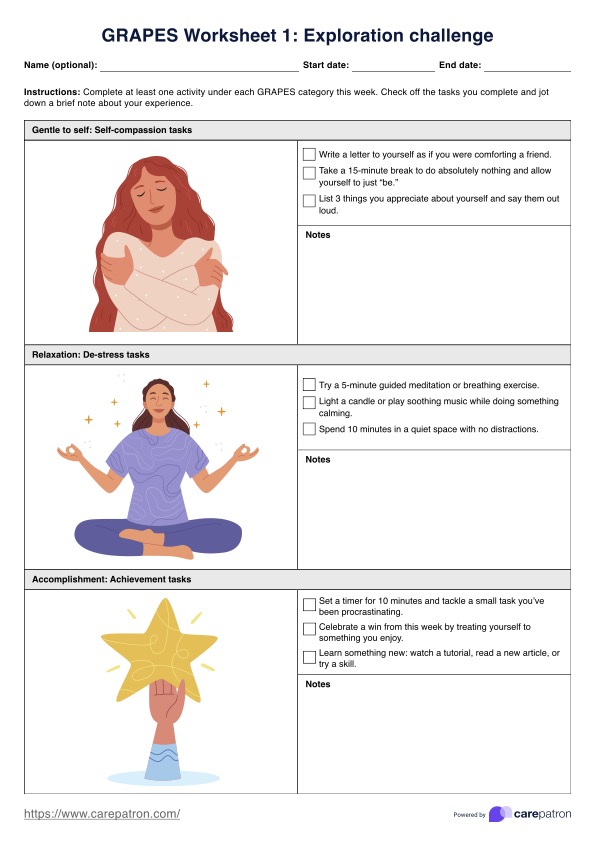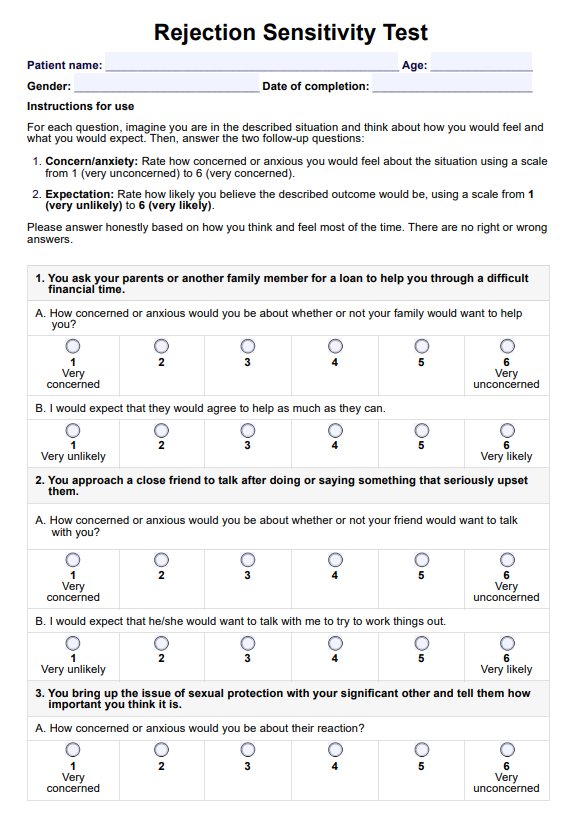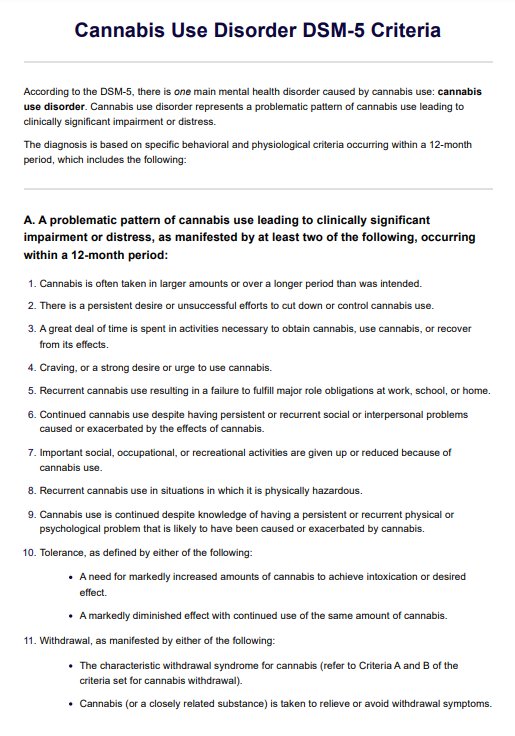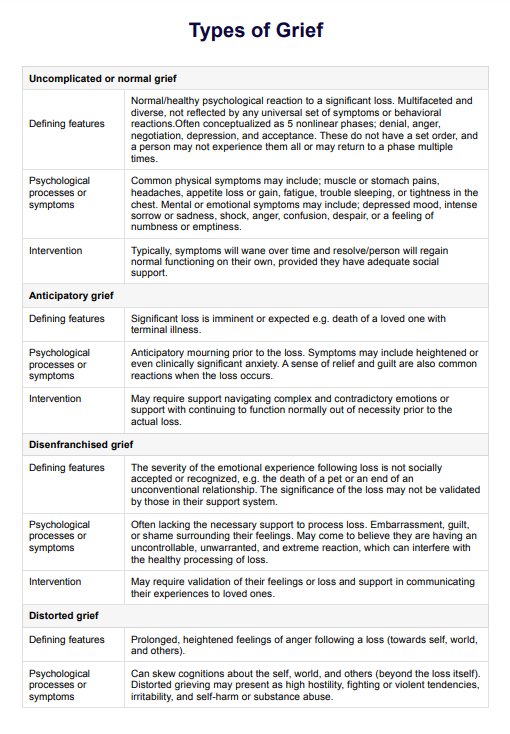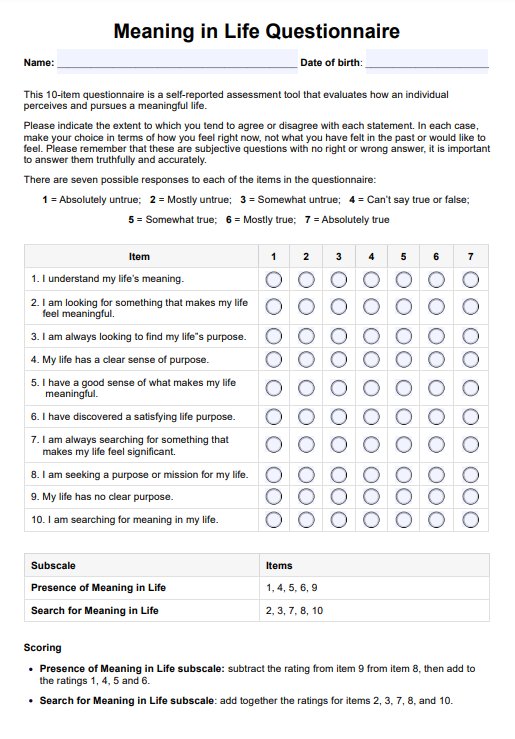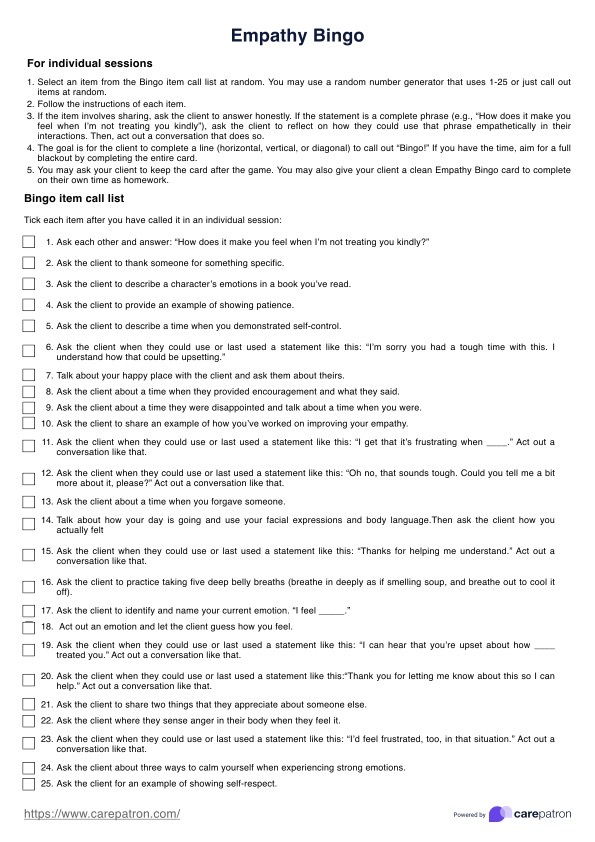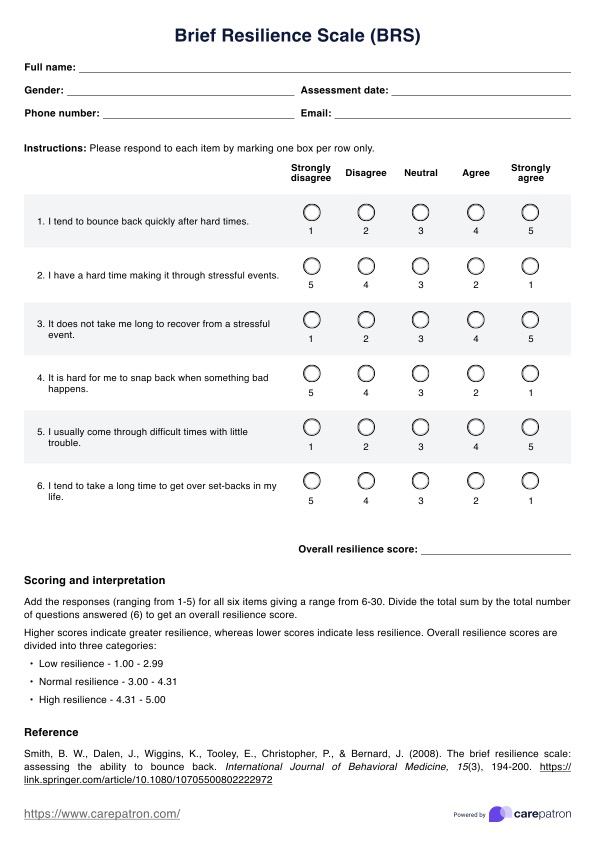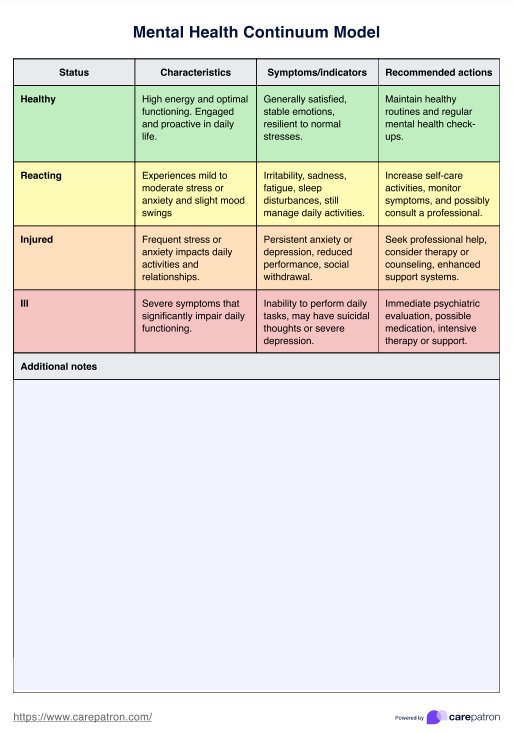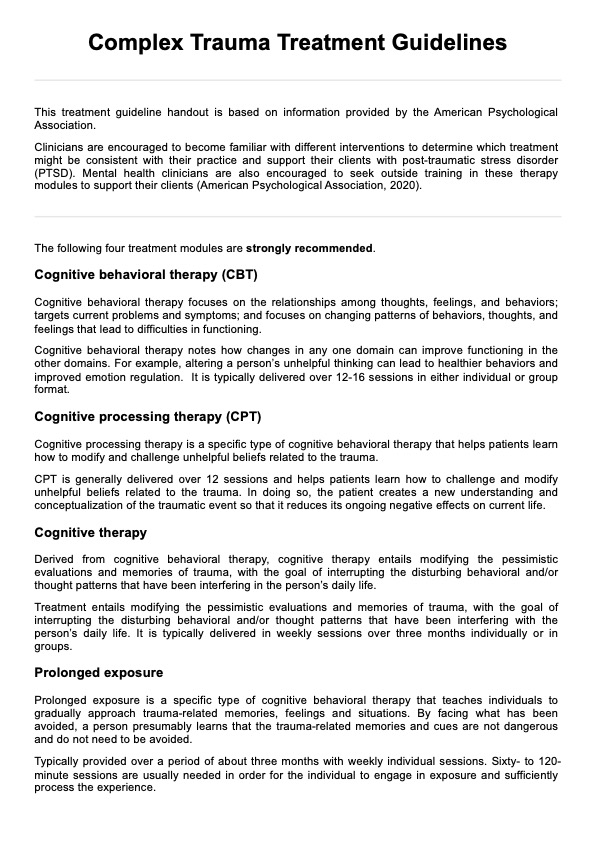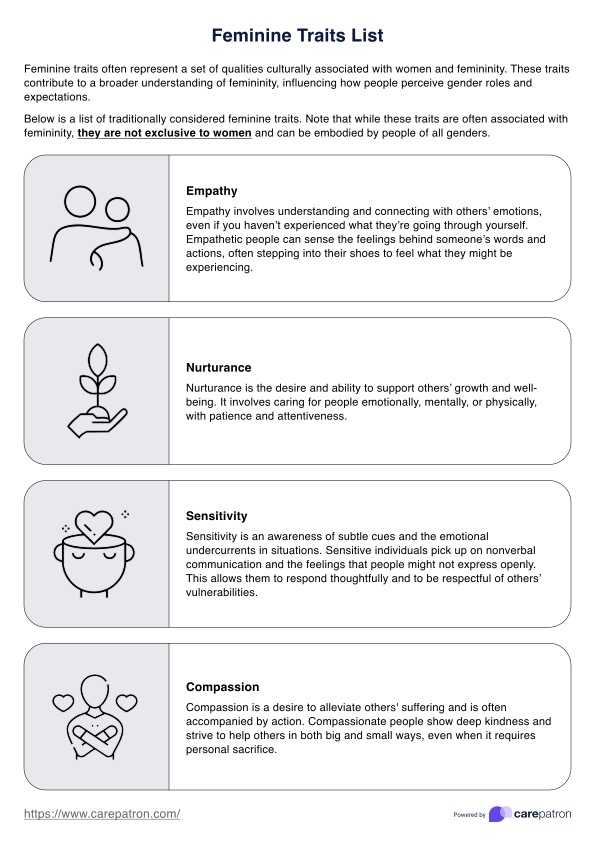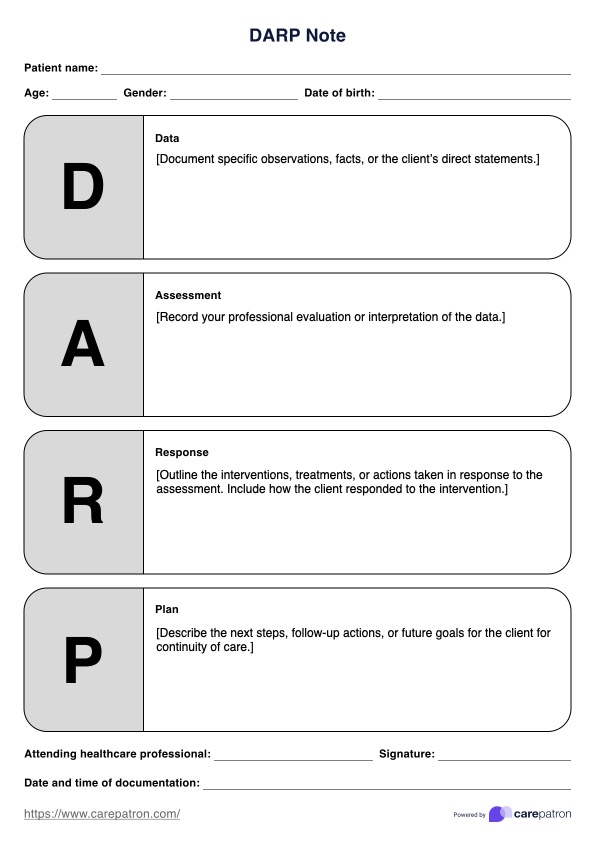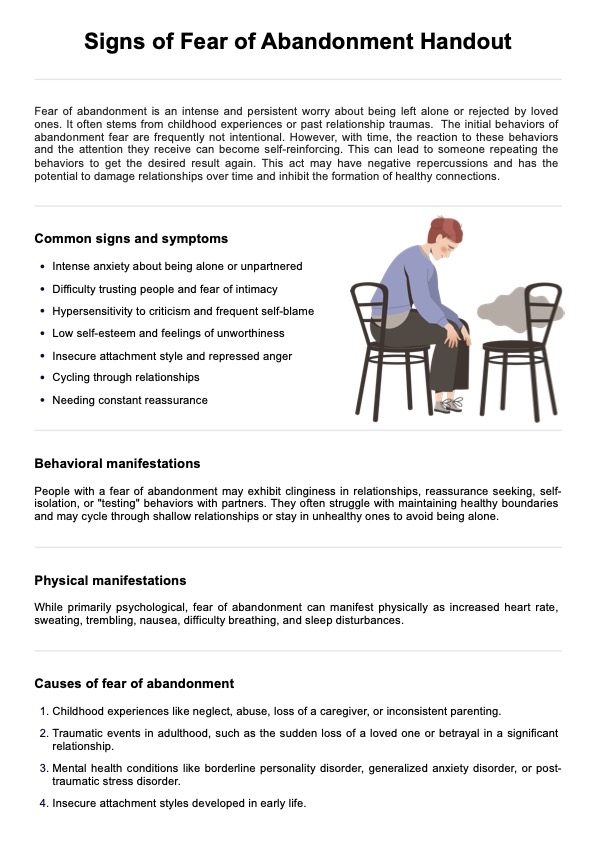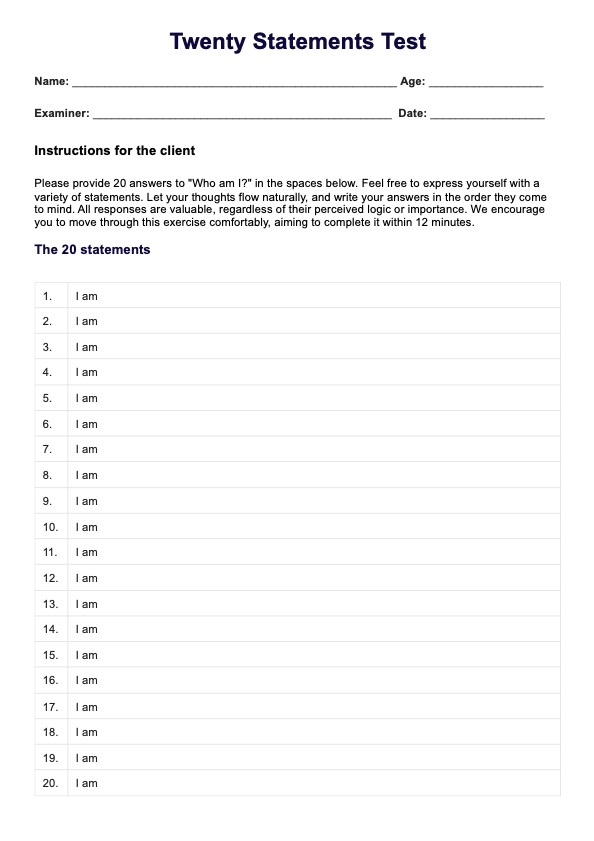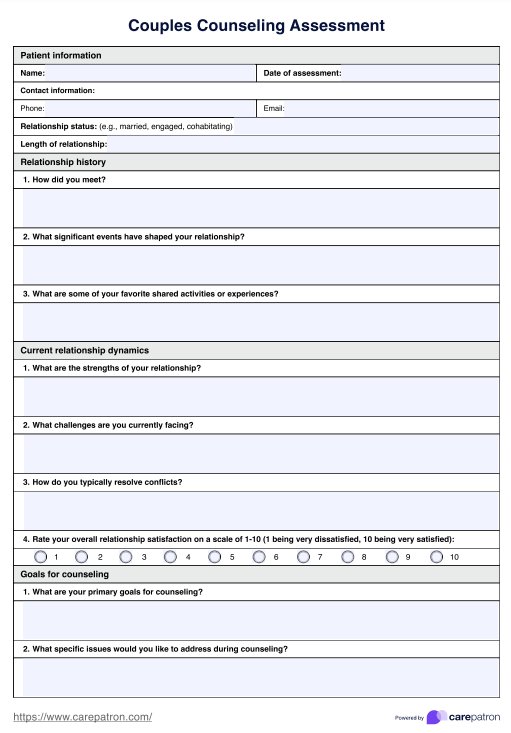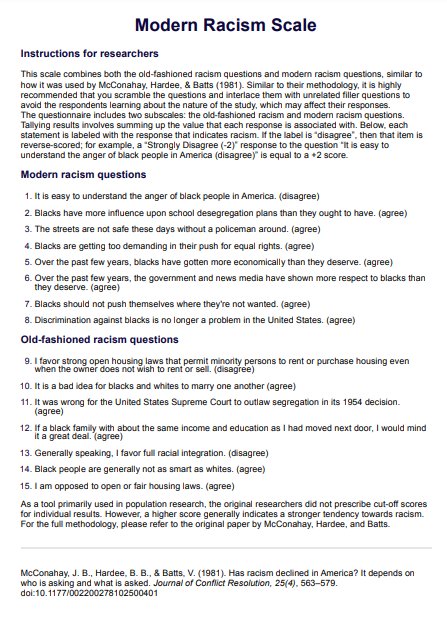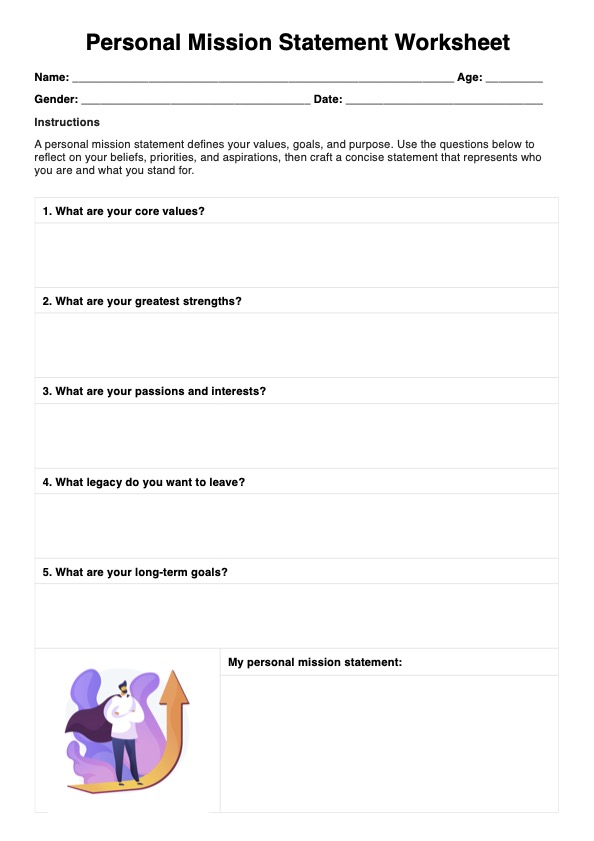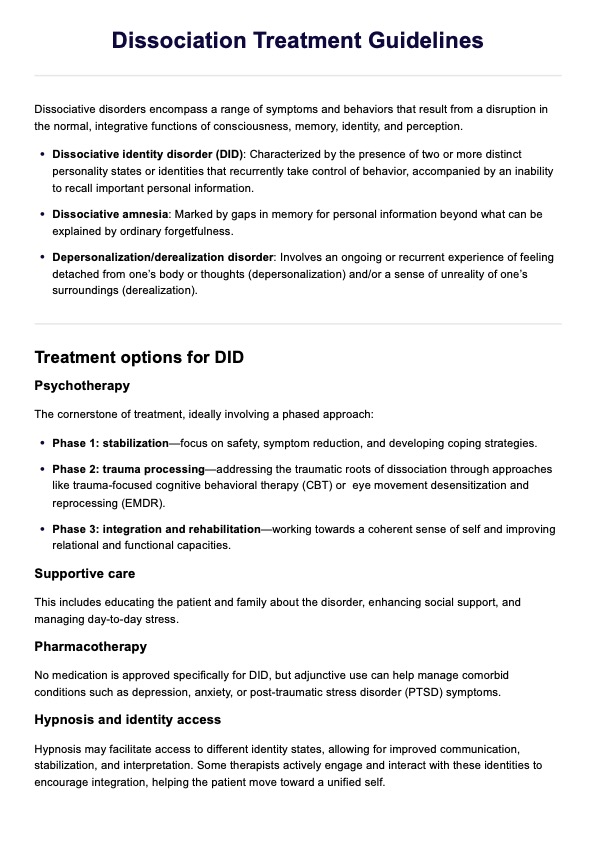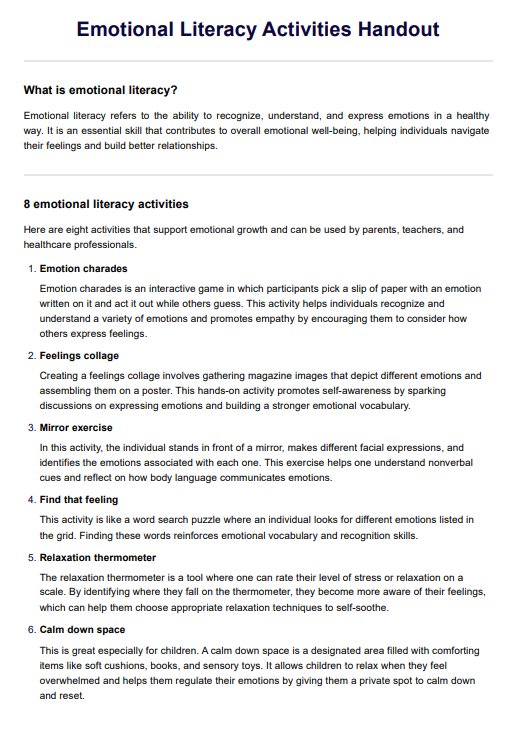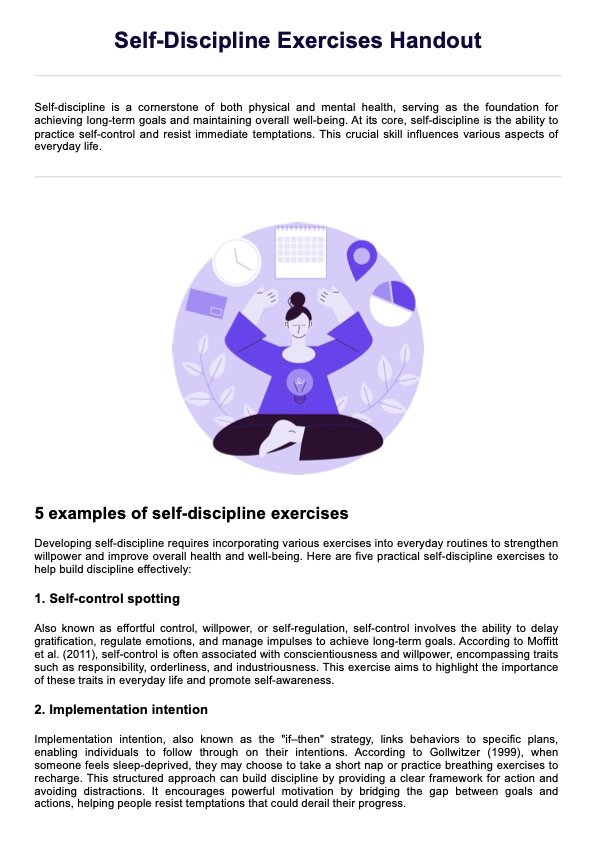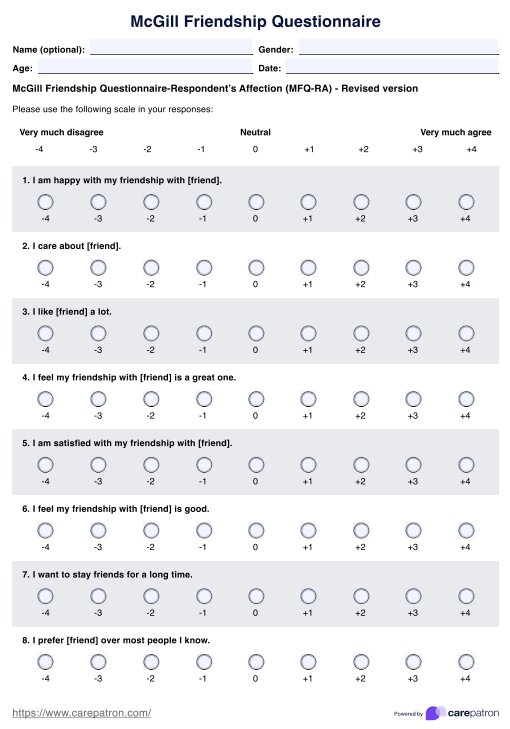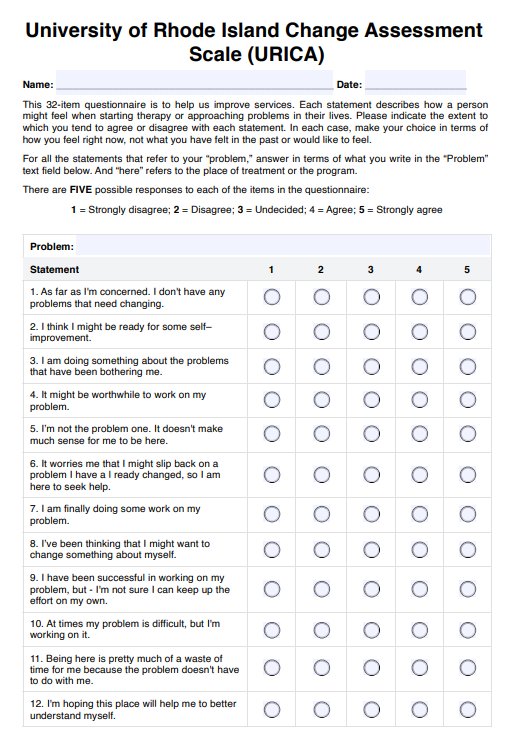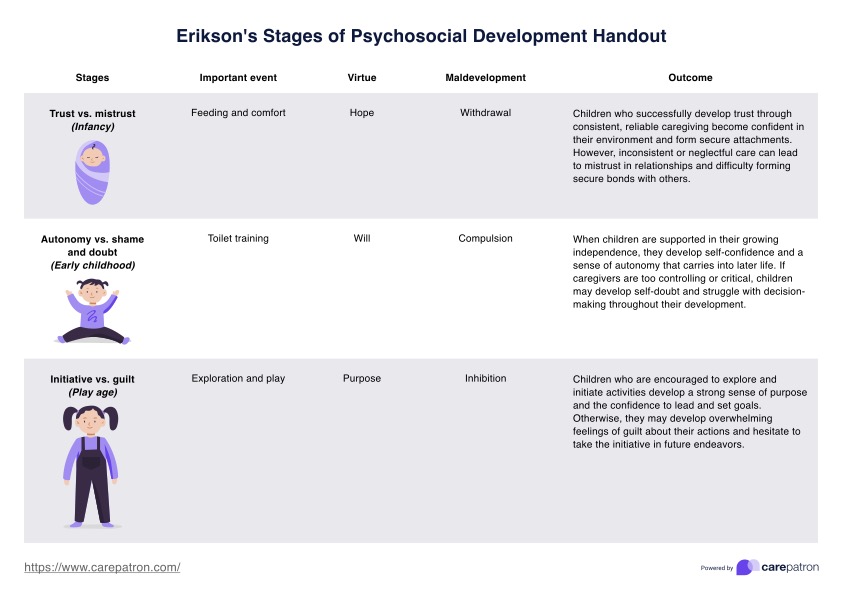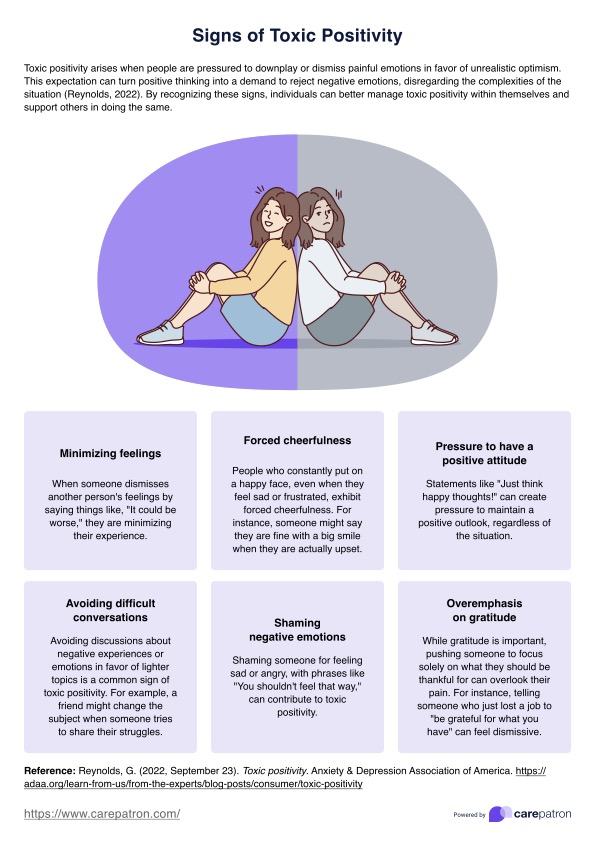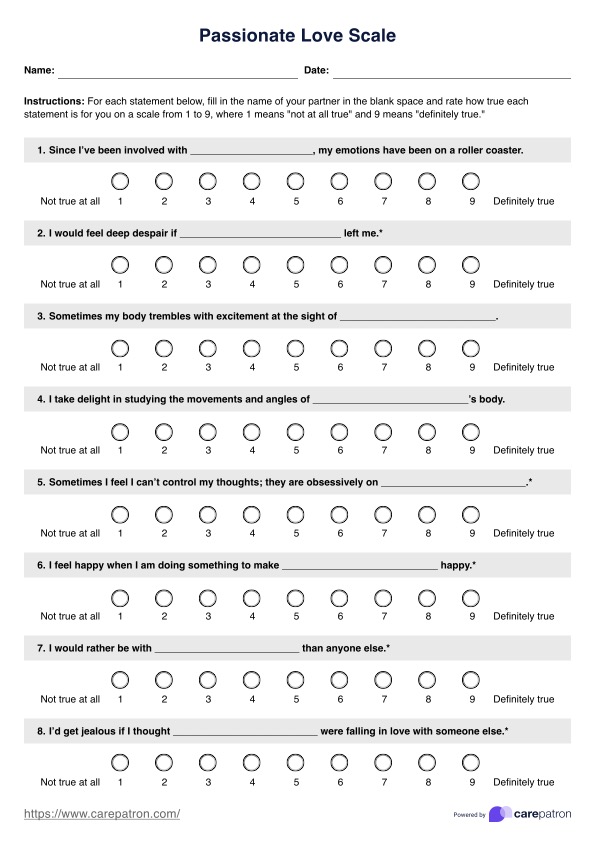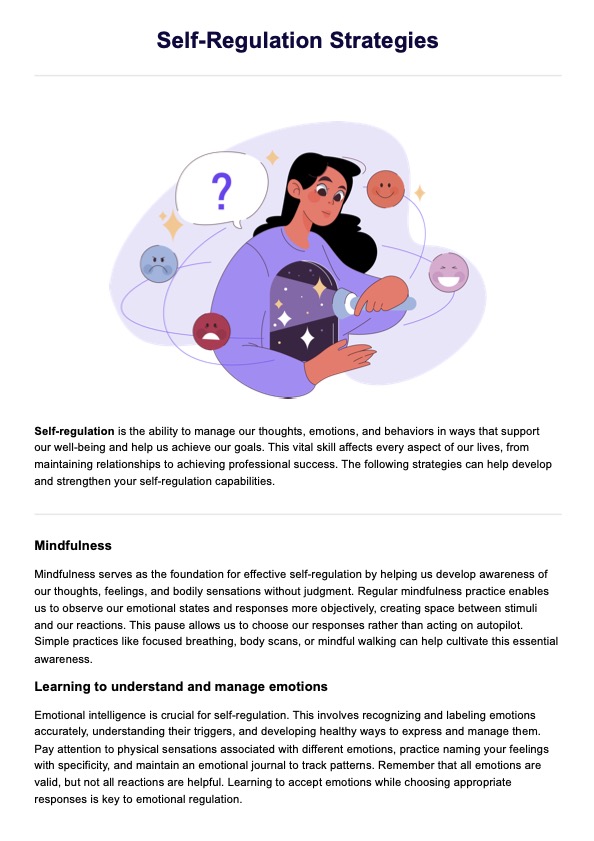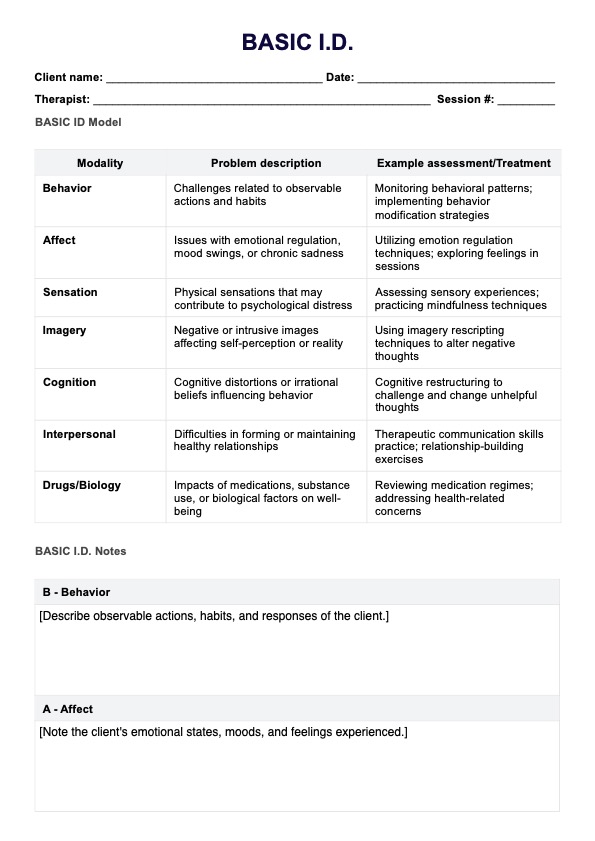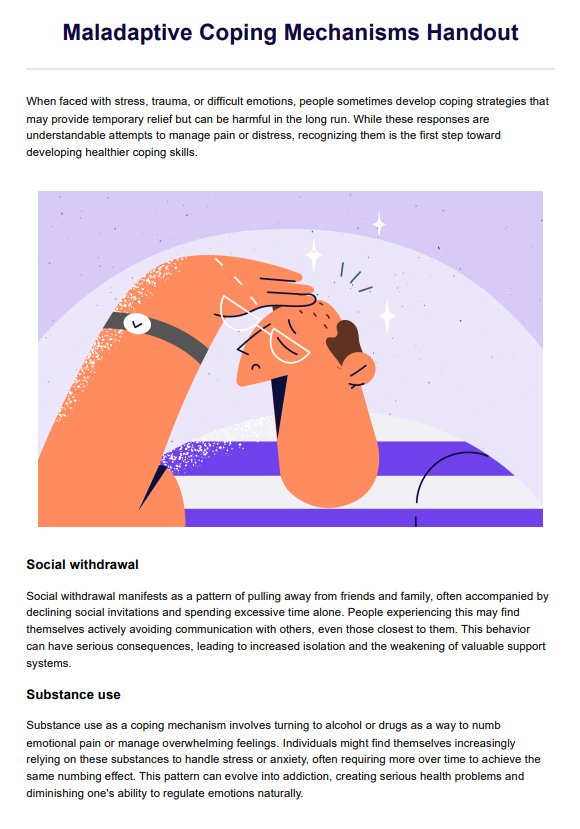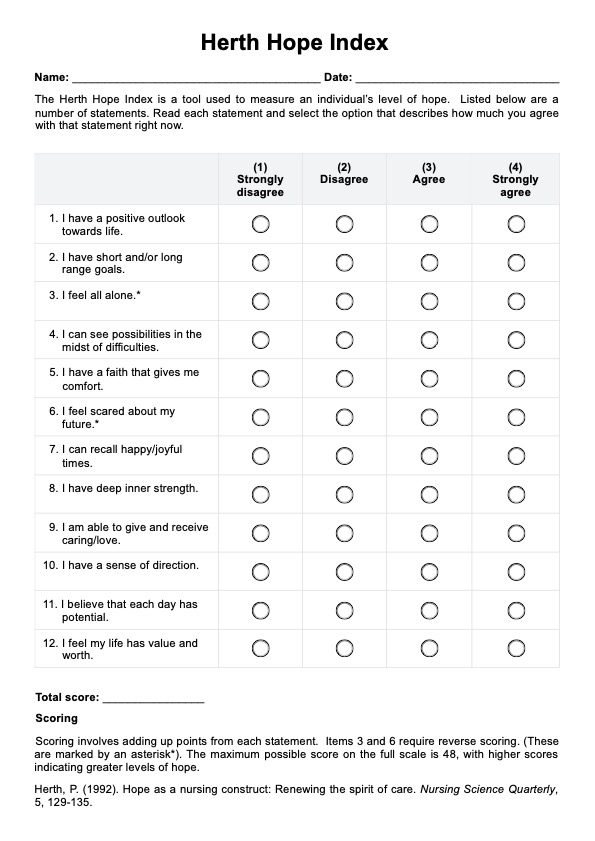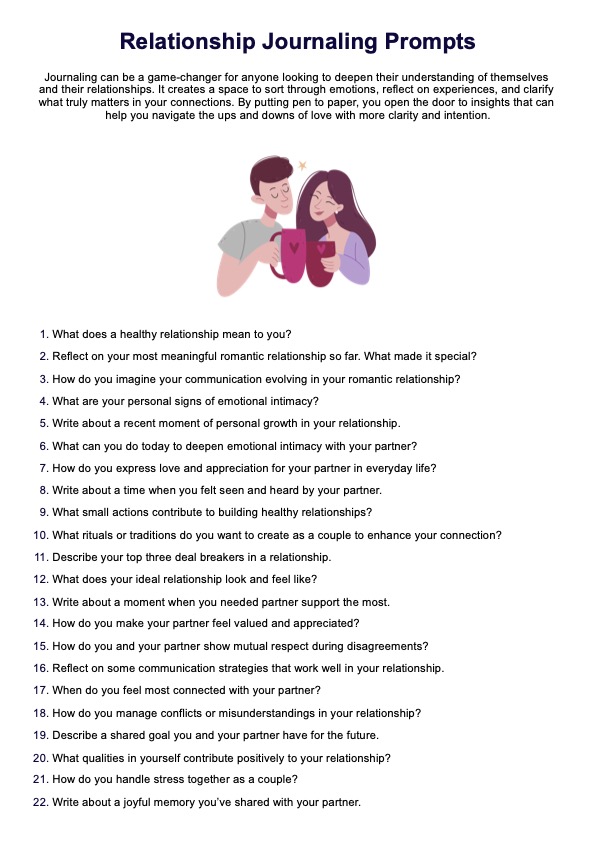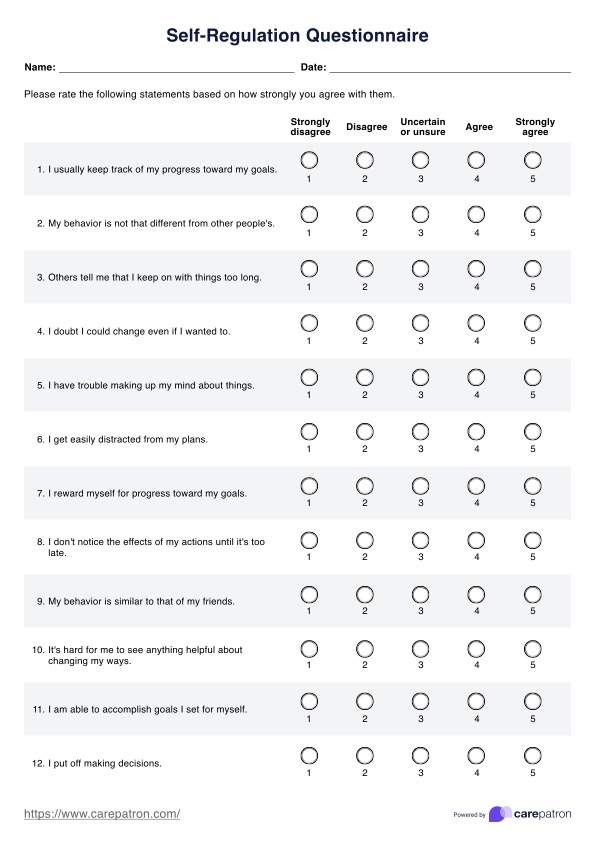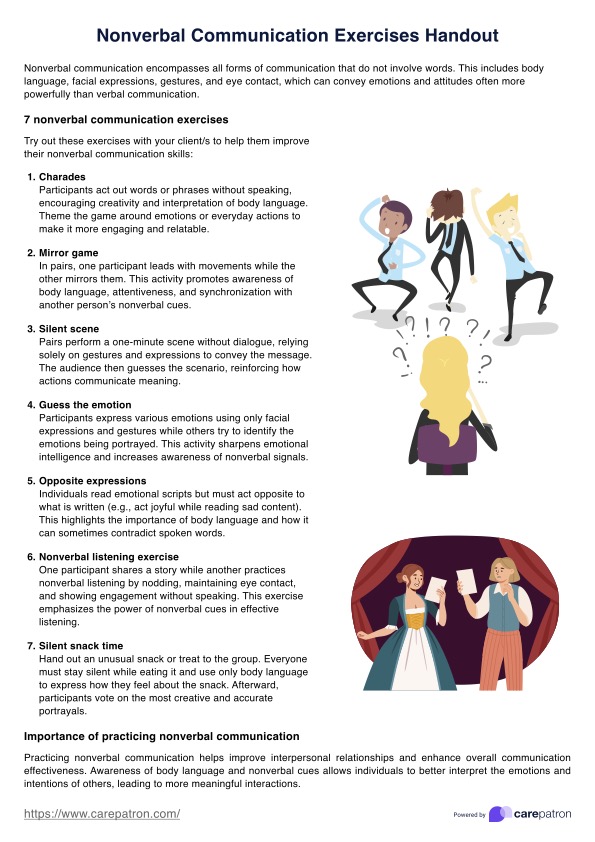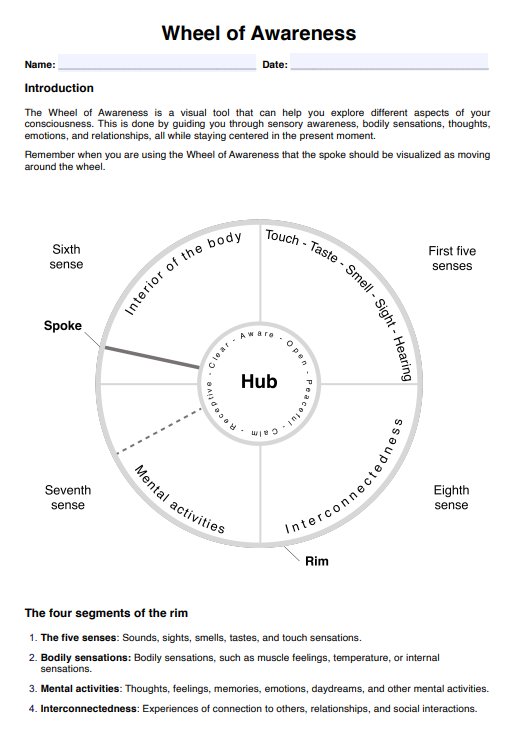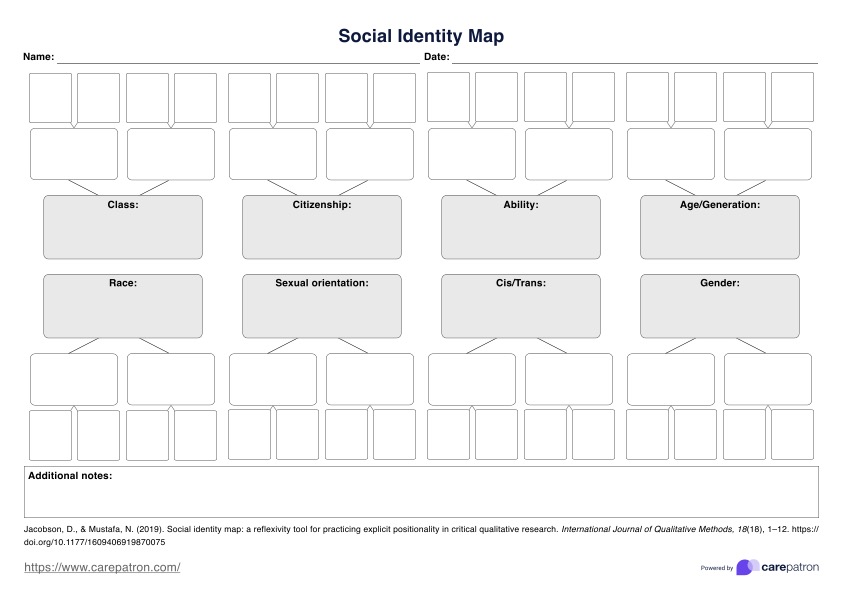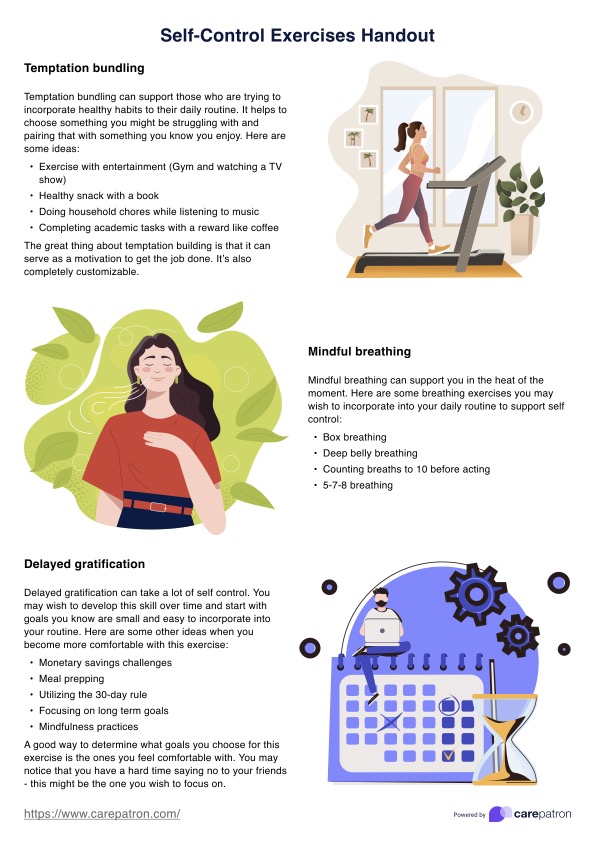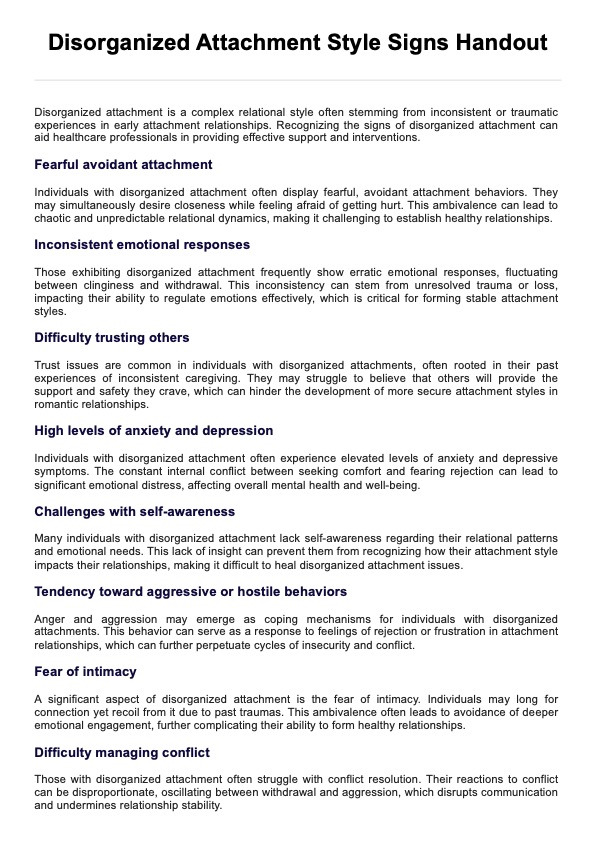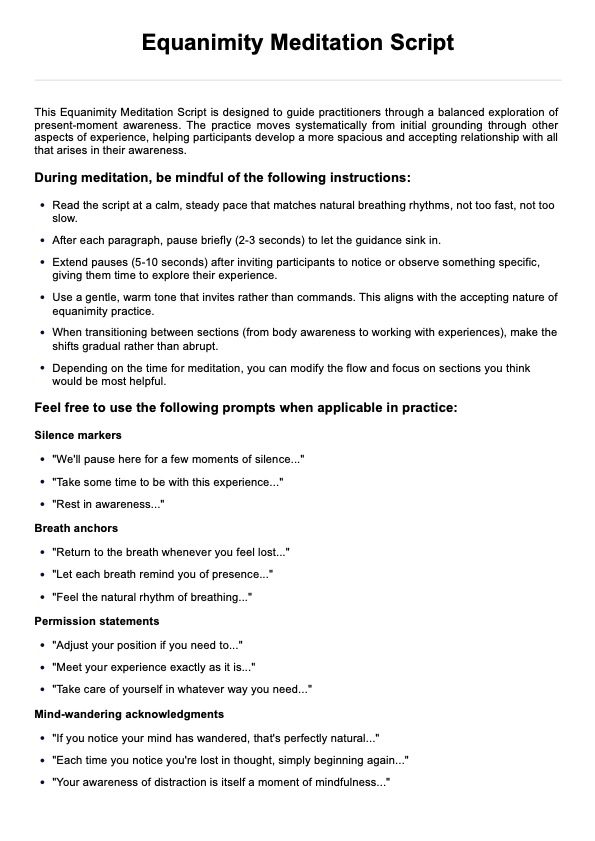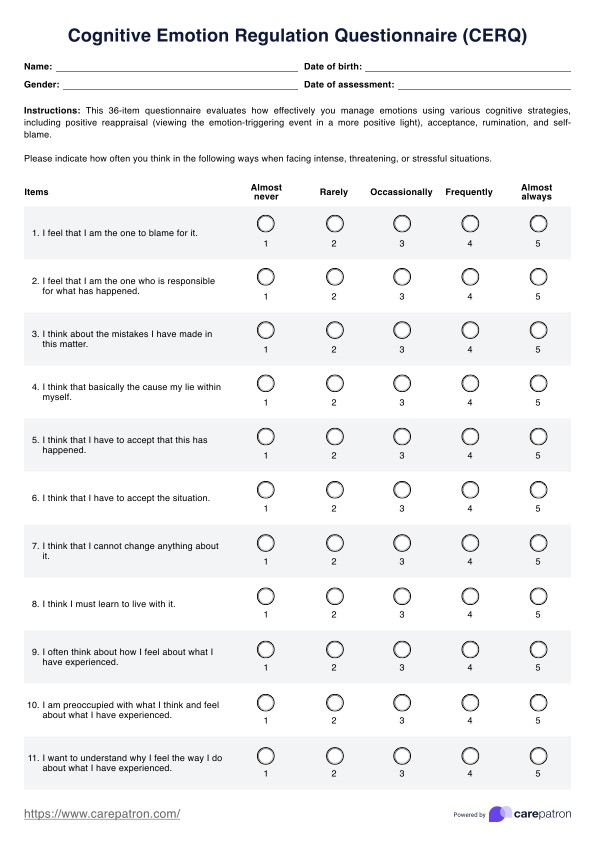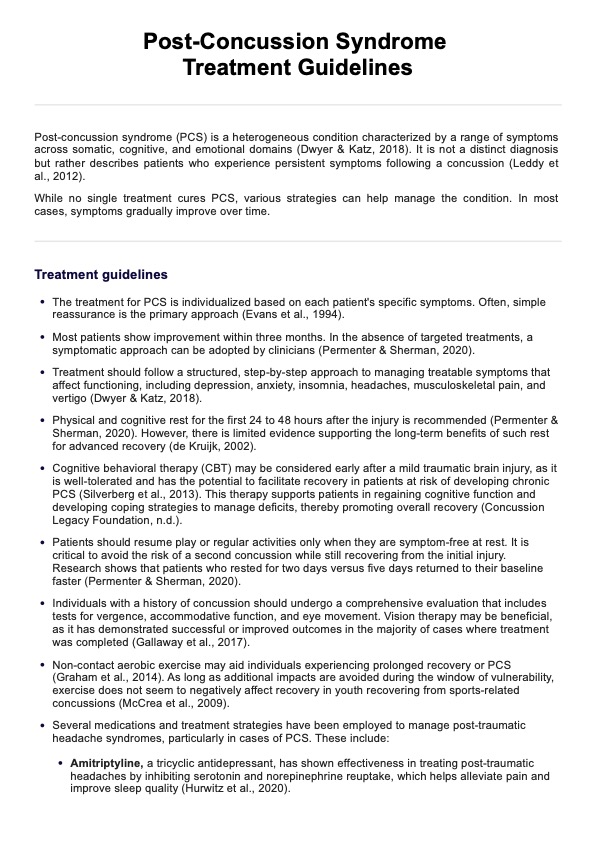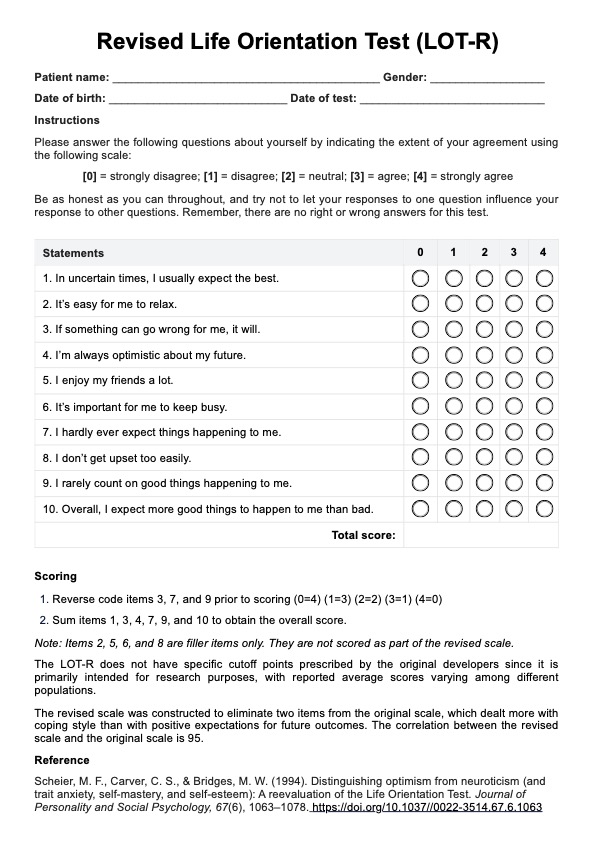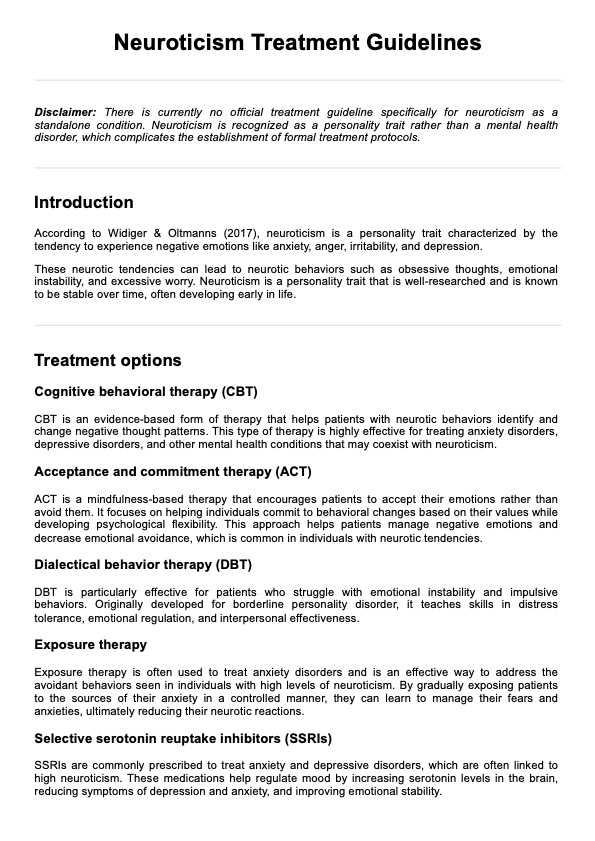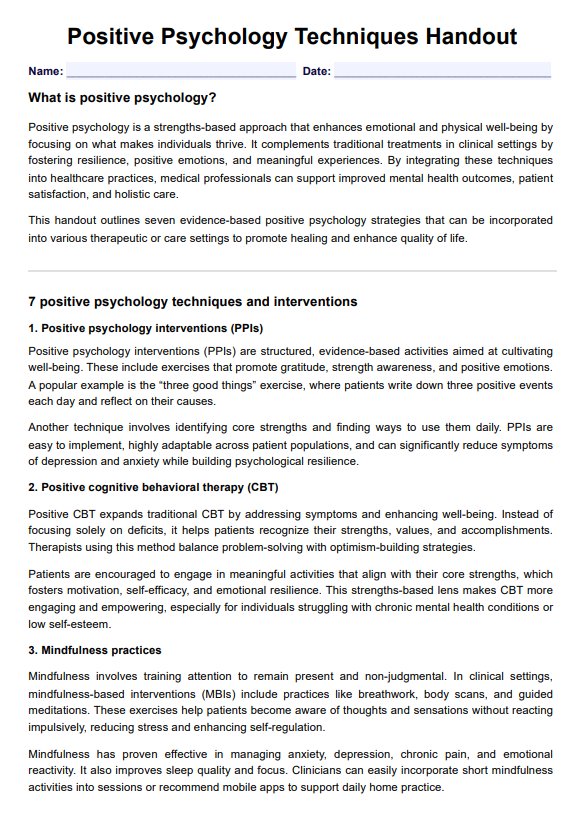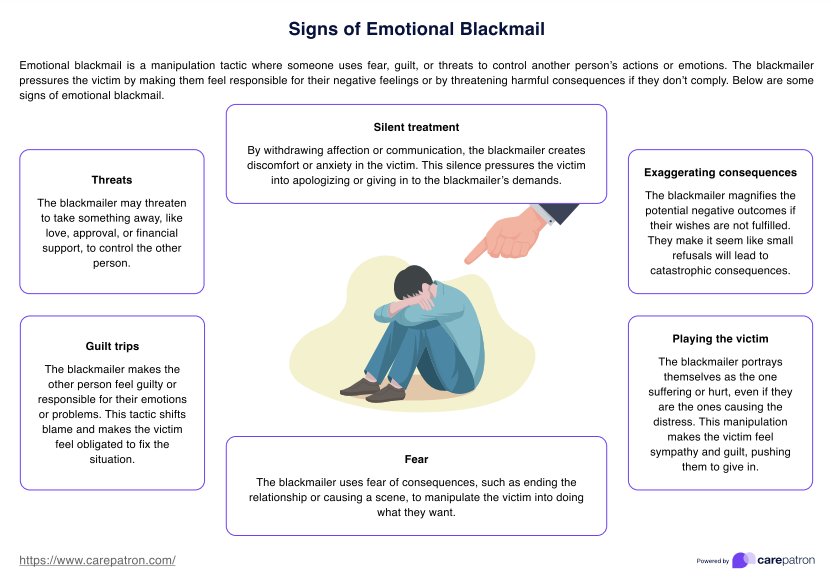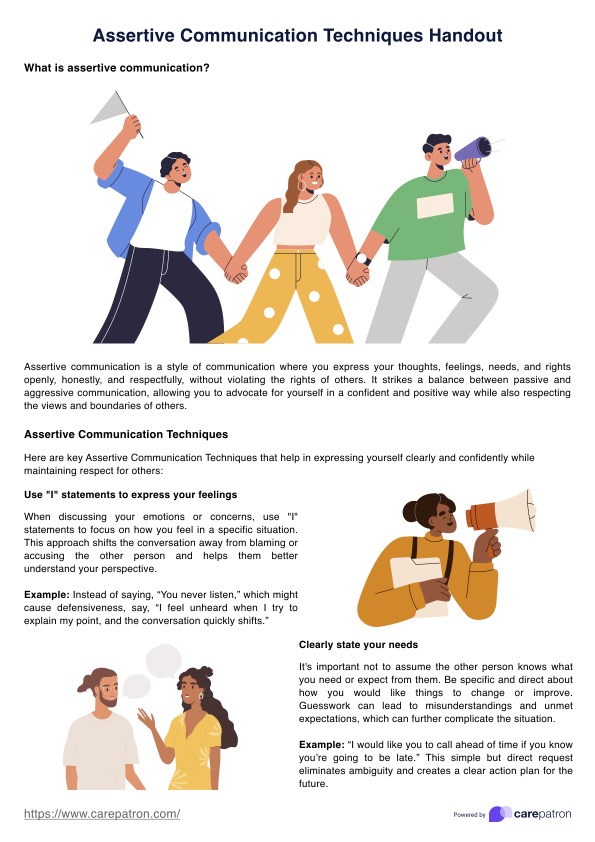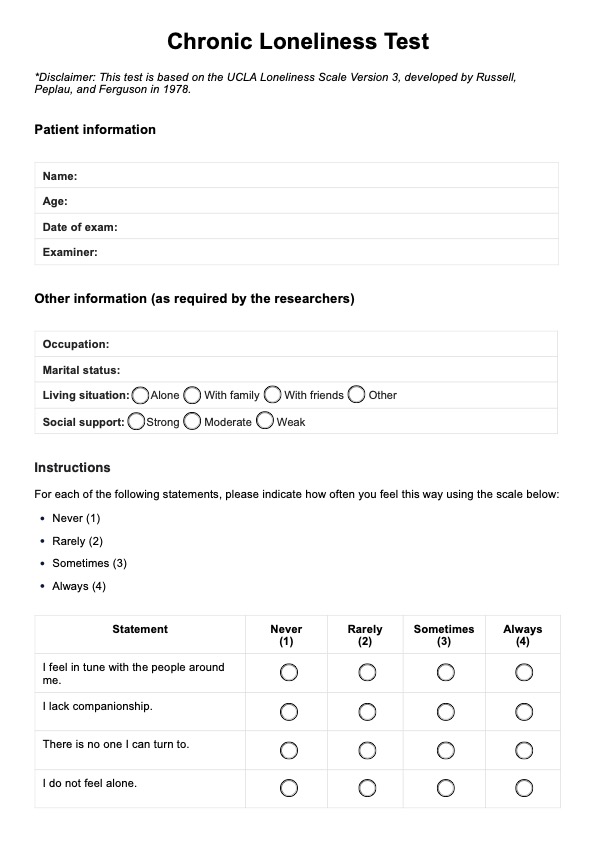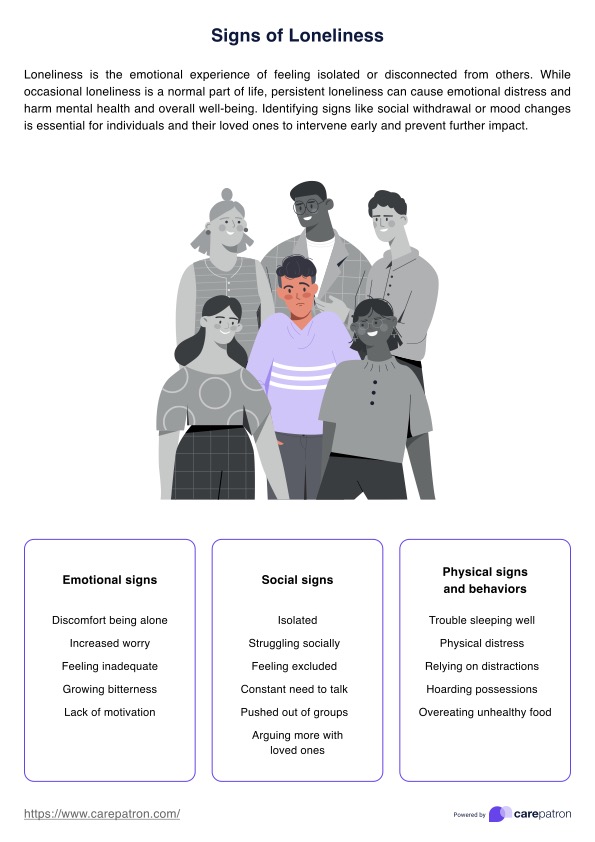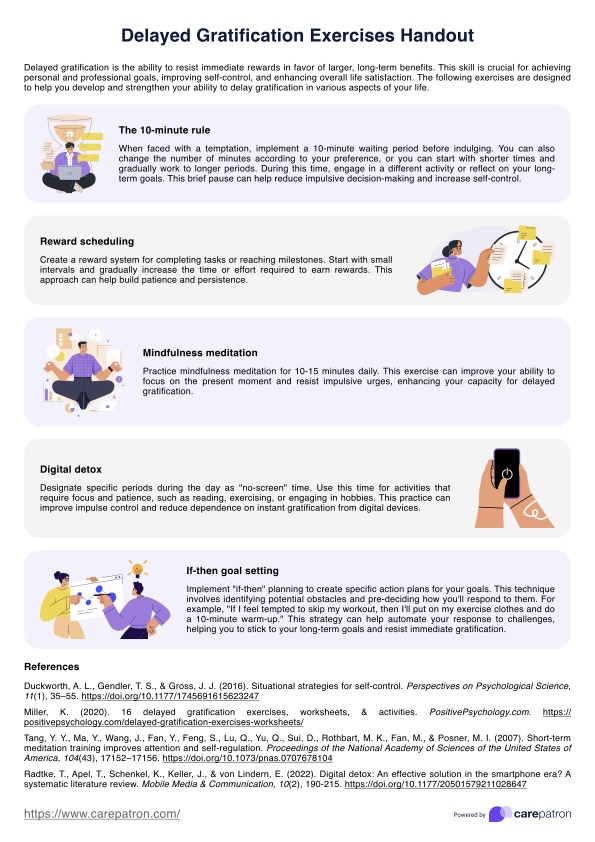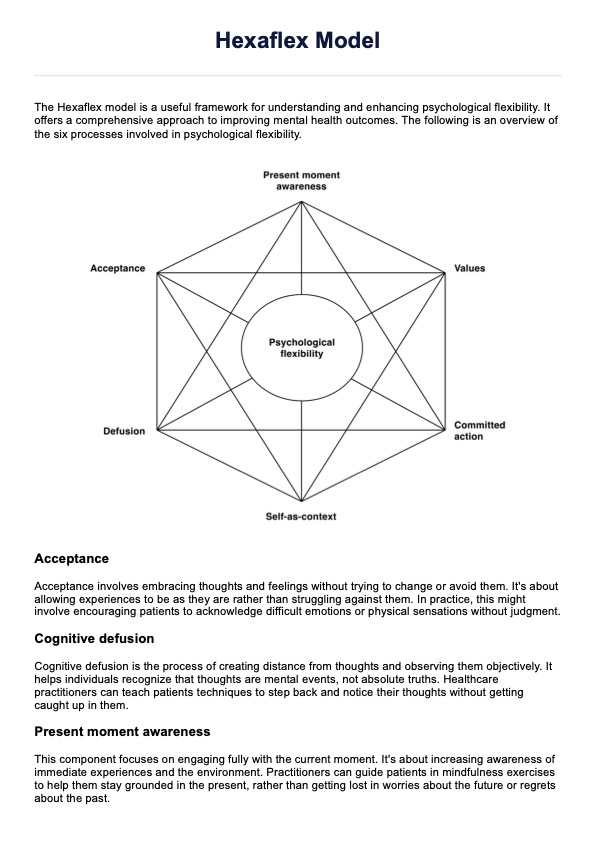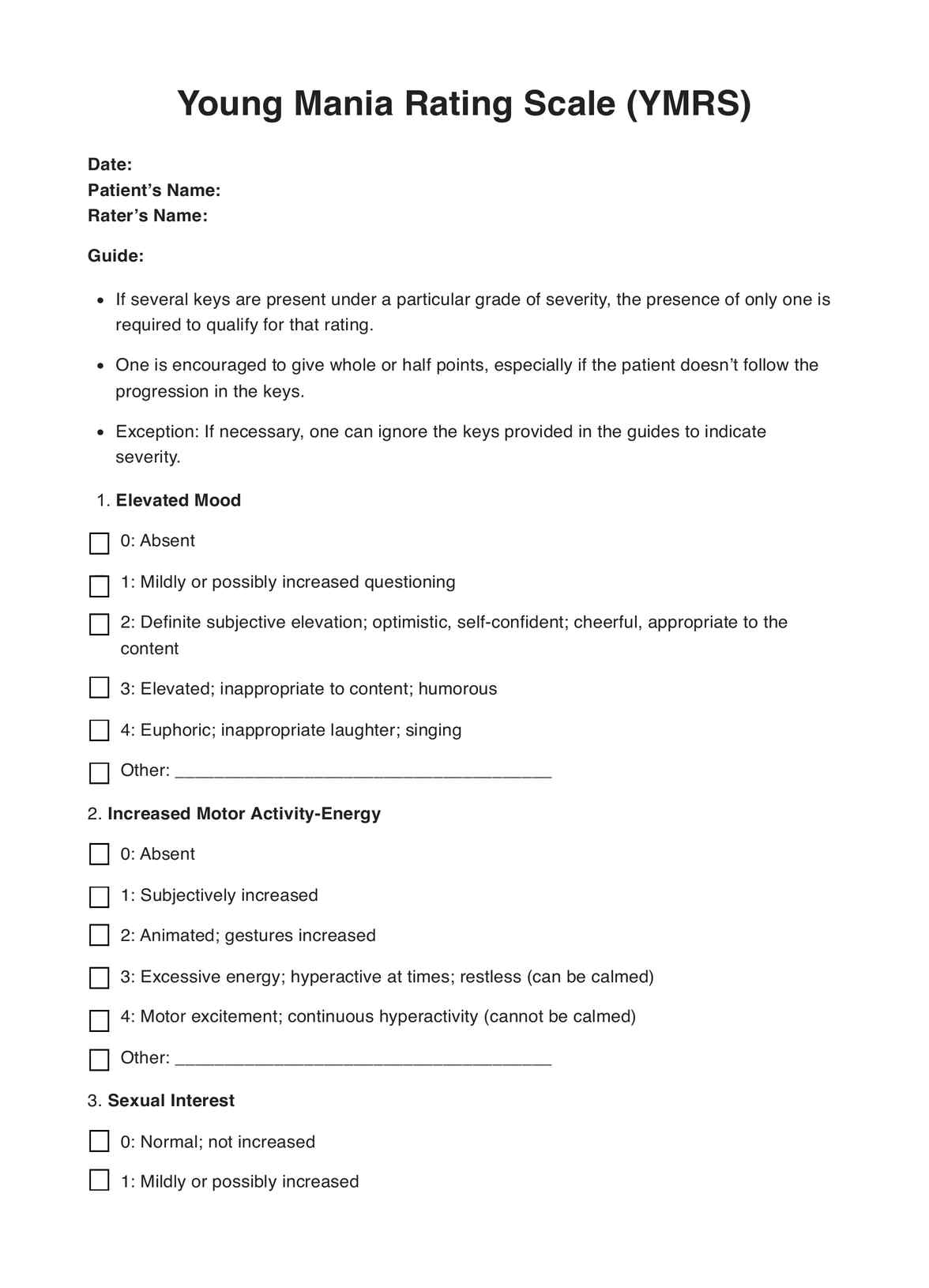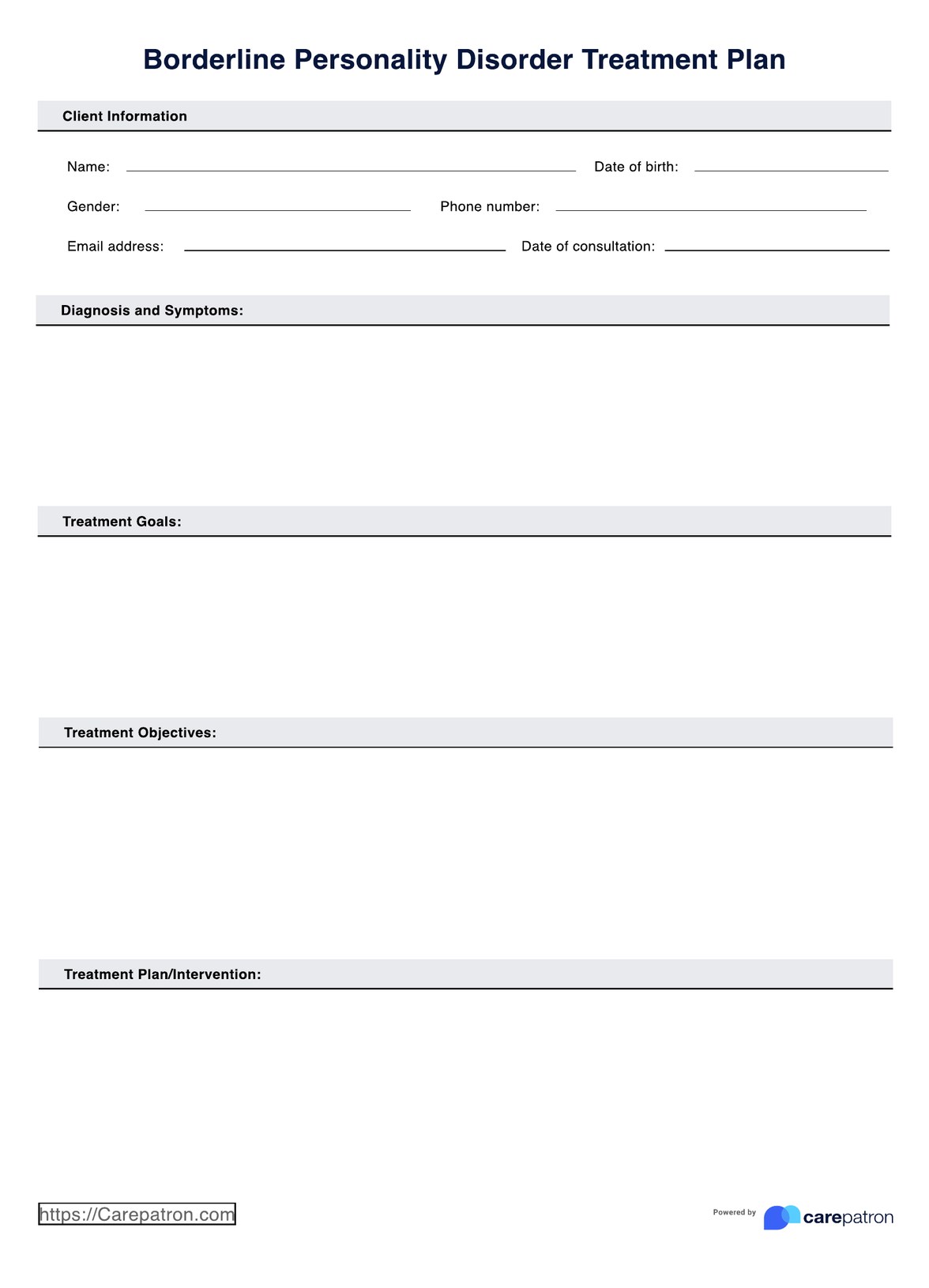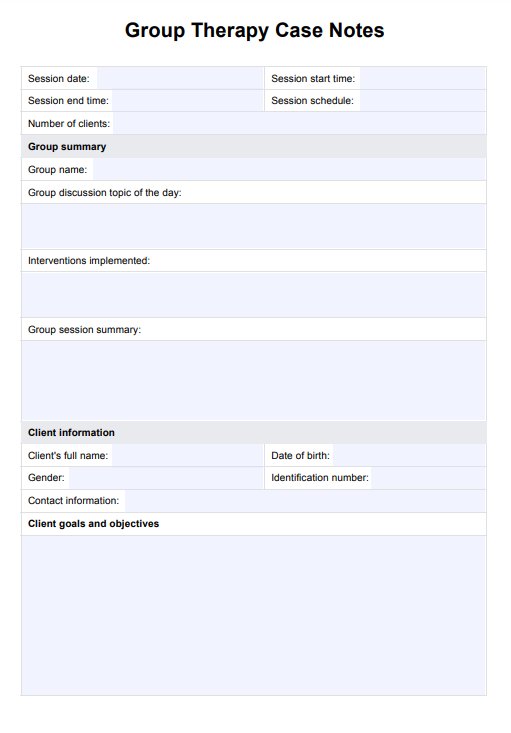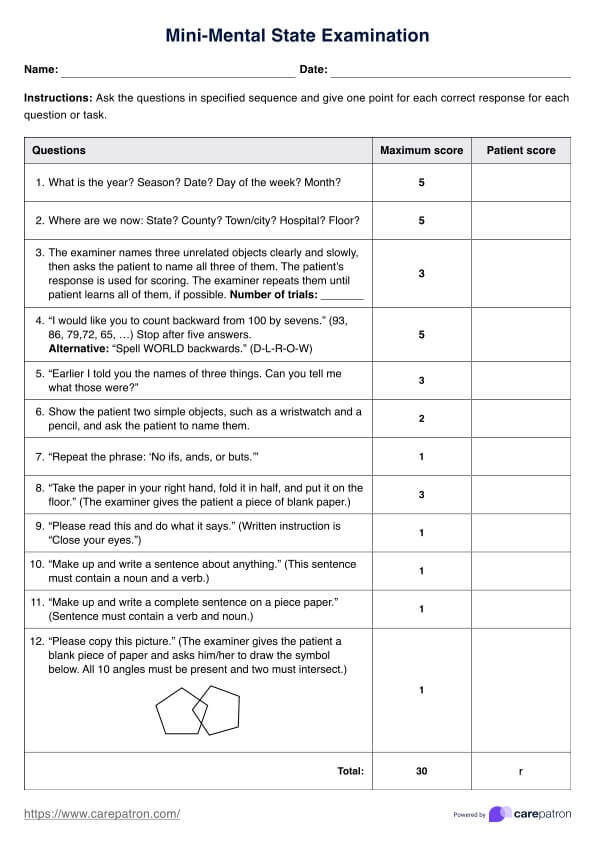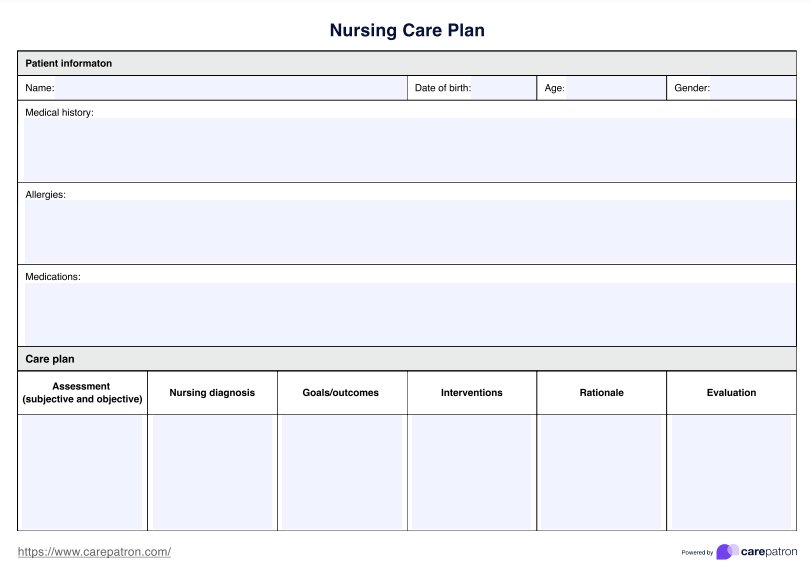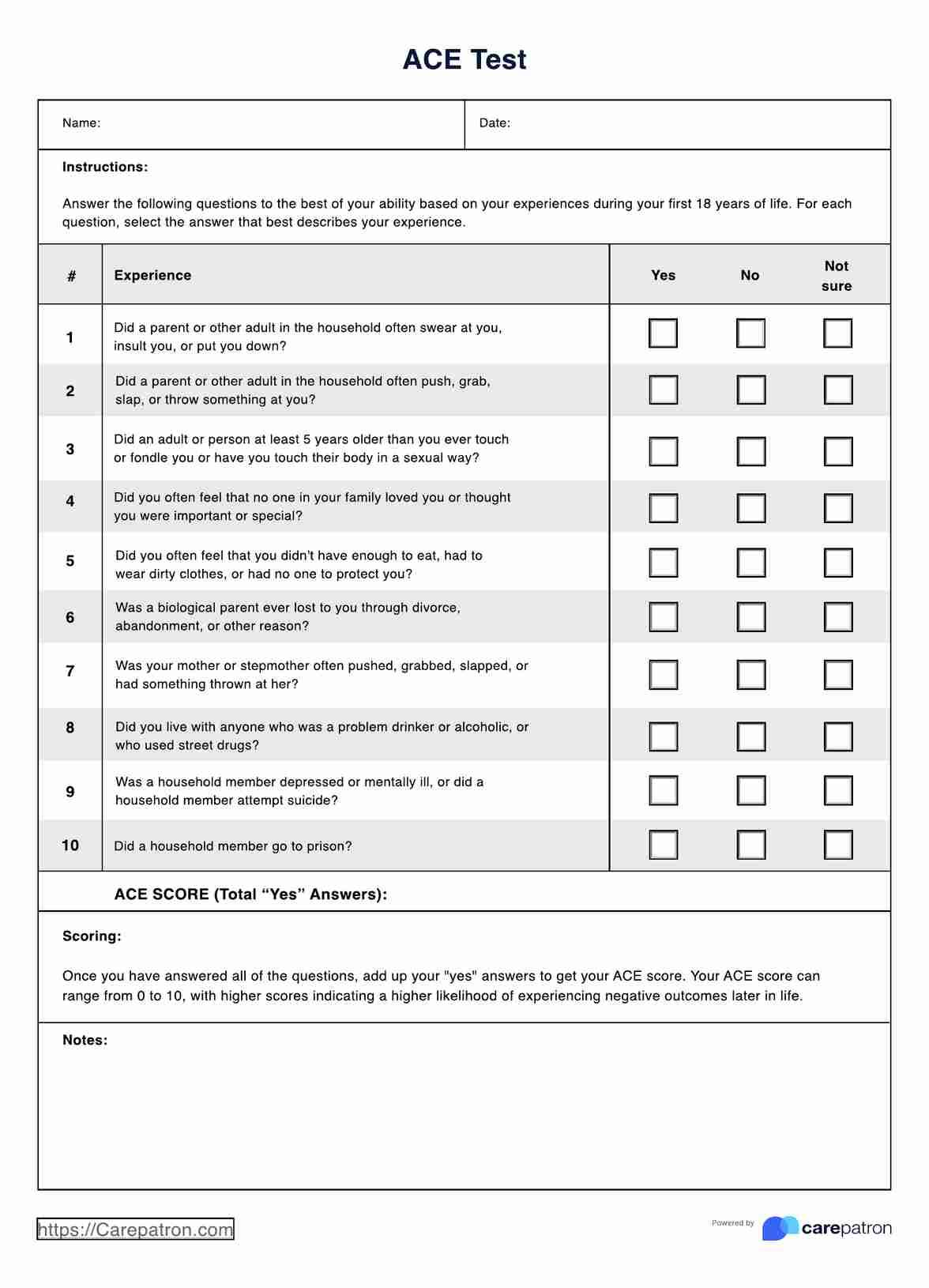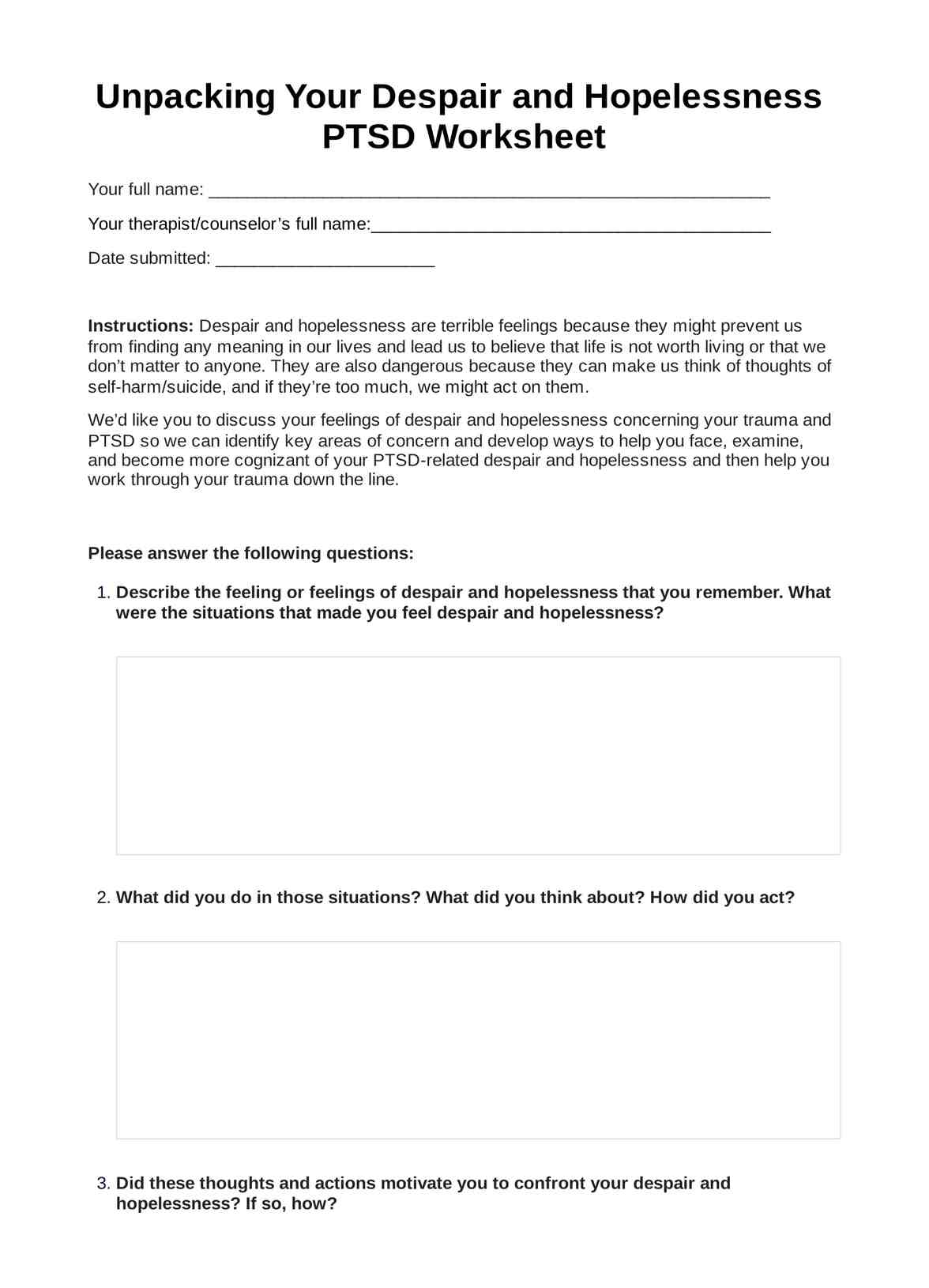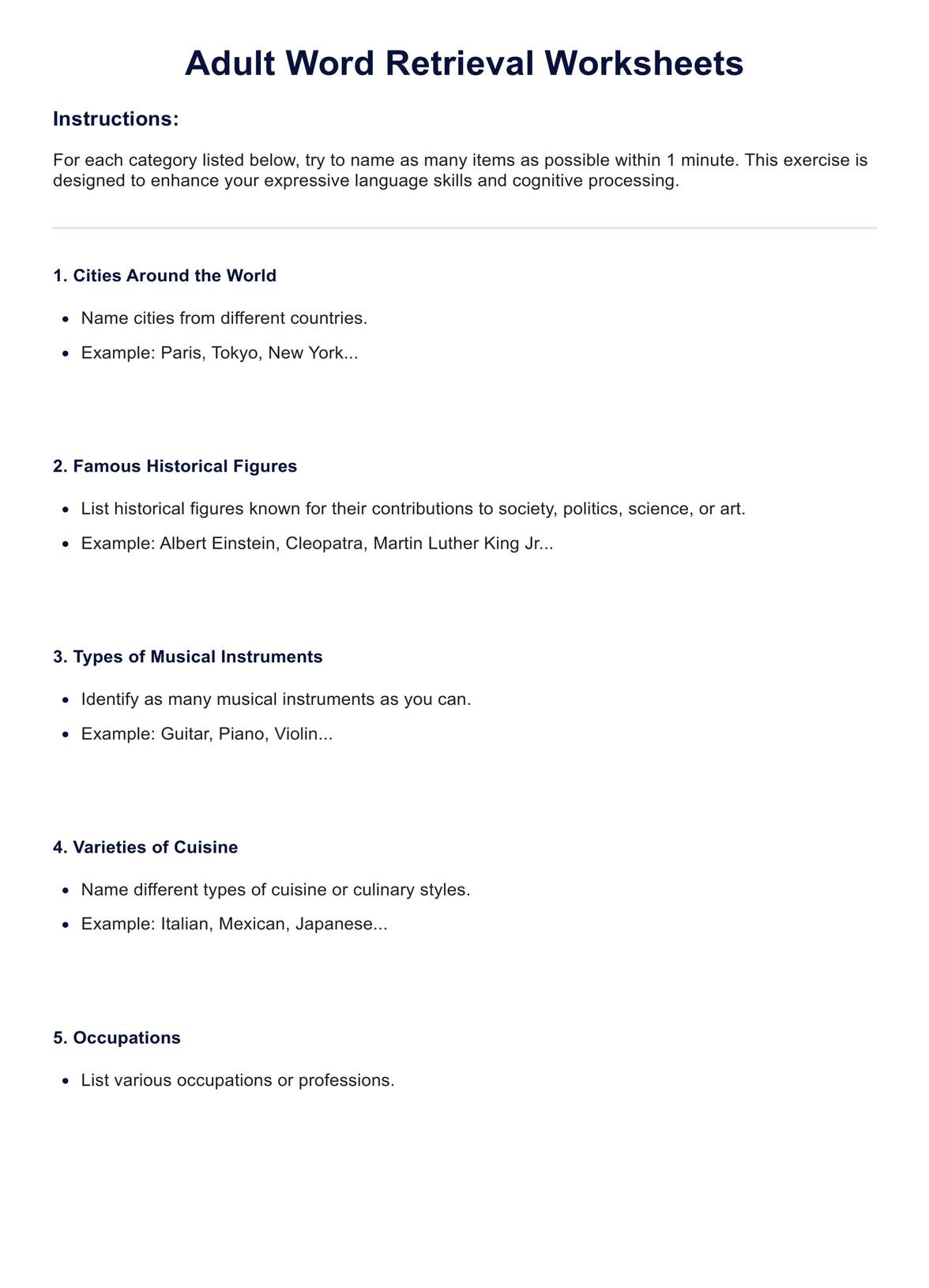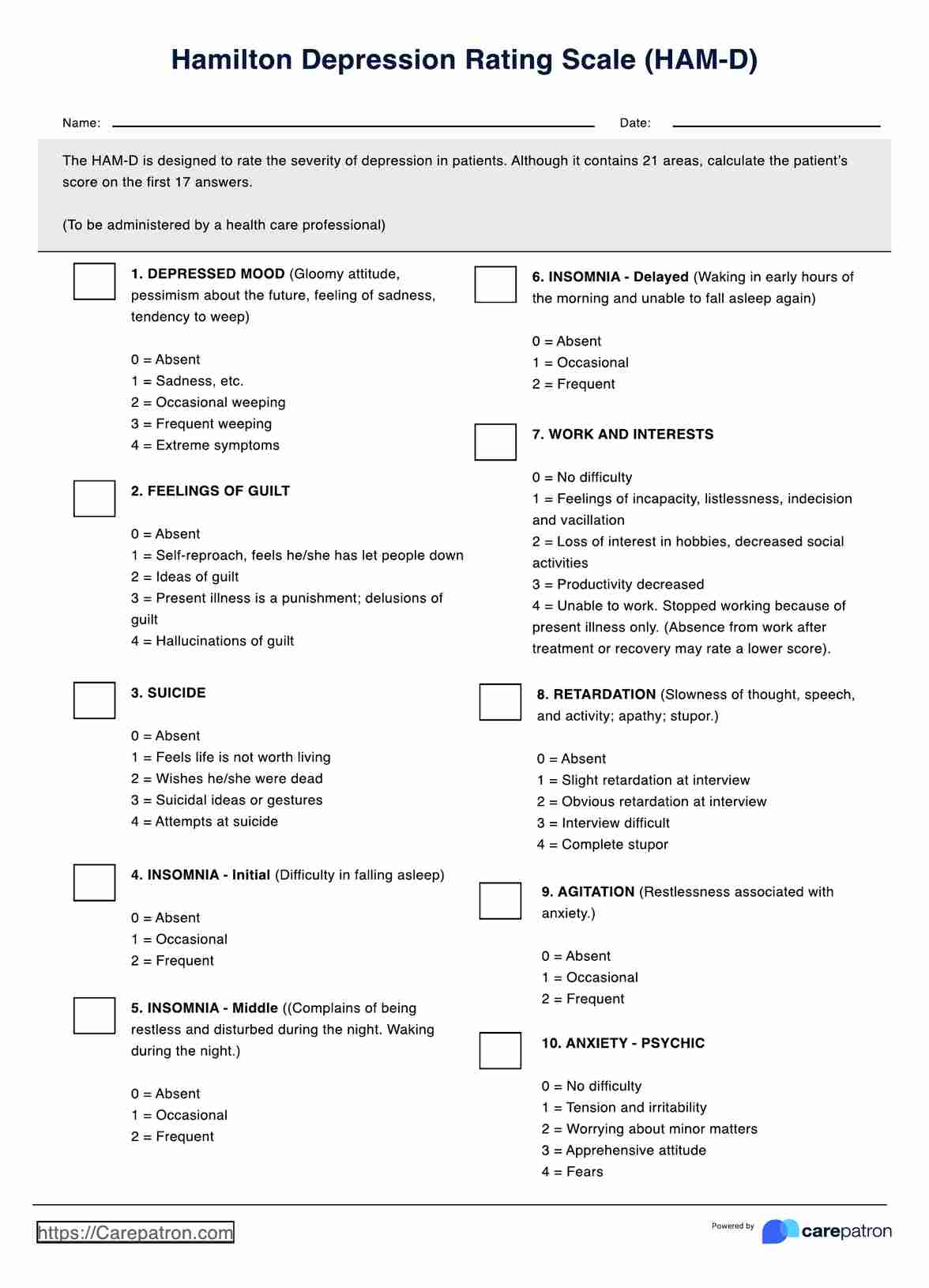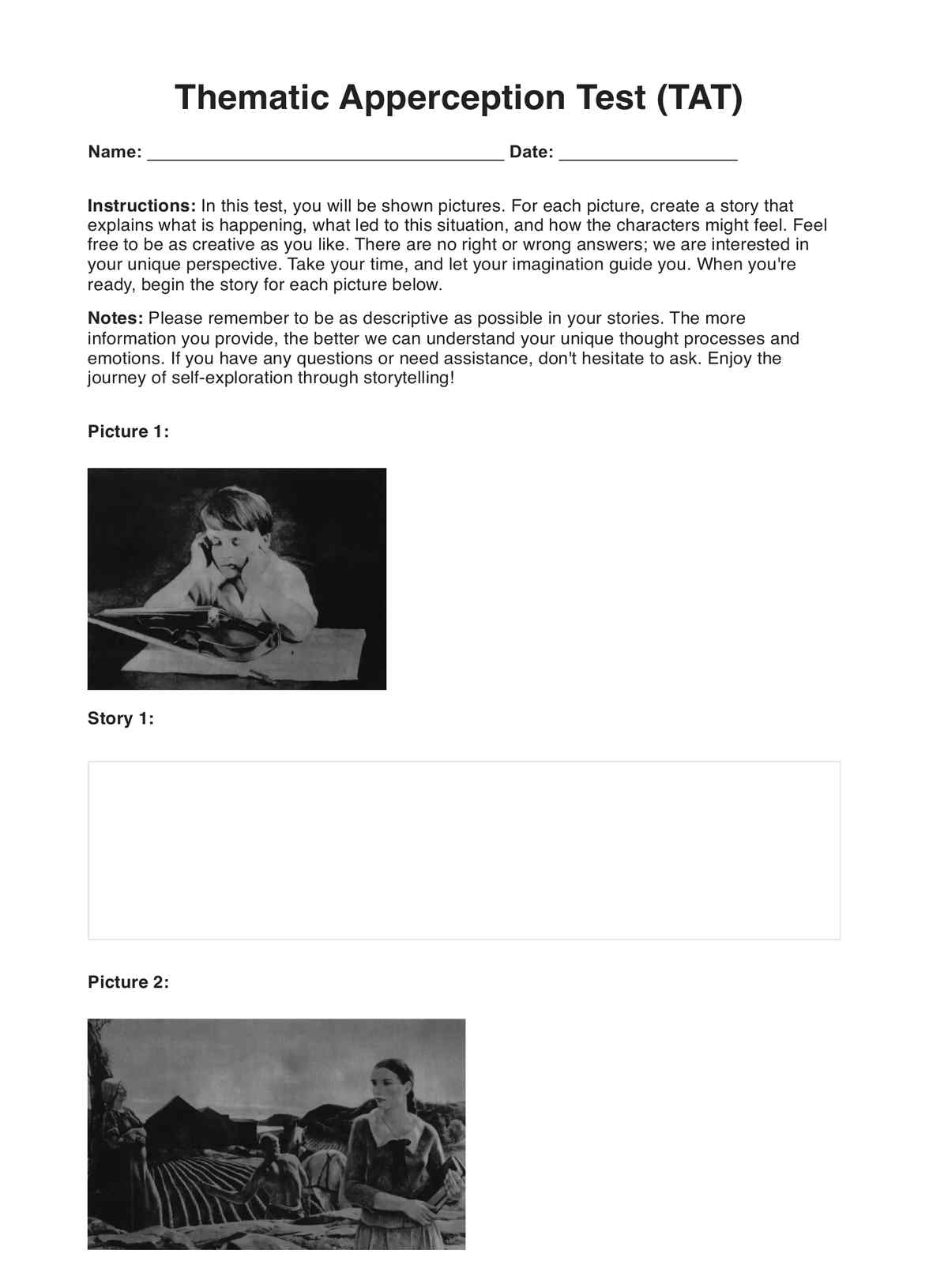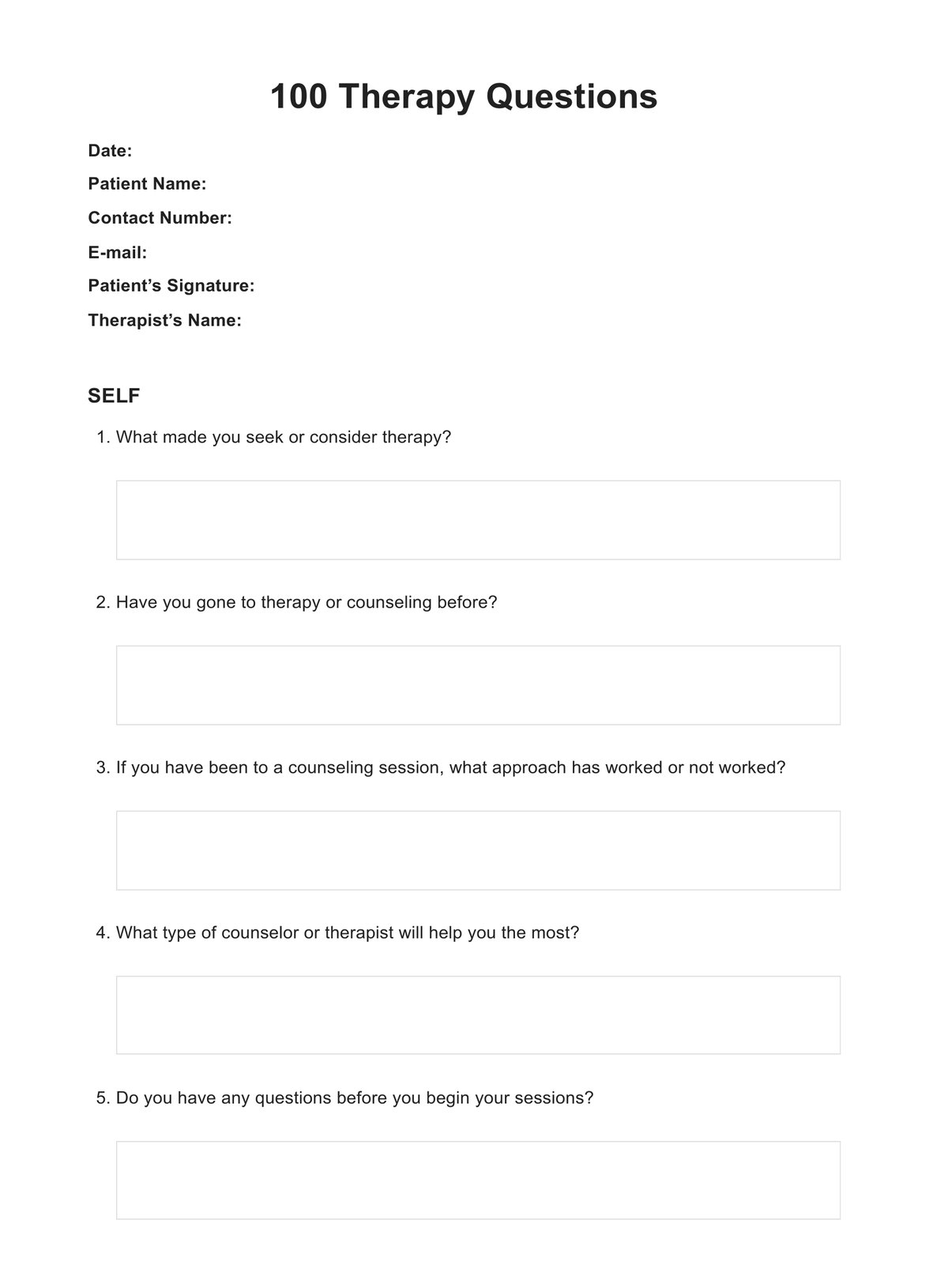Suicide Prevention Worksheets
Download a free Suicide Prevention Worksheet template from Carepatron. Use this resource to help your clients during therapy sessions.


Understanding suicide
Suicide is the intentional act of ending one’s life, often driven by deep despair or untreated mental health issues. It is a tragic result of overwhelming anguish and the perception that death is the only escape. Suicidal ideation requires urgent attention from a trained crisis counselor to provide suicide prevention services and support.
Suicide prevention is a strategy aimed at reducing the risk of suicide attempts and deaths. It involves interventions like identifying warning signs (e.g., self-harm, substance use) and providing 24/7 support through services like the National Suicide Prevention Lifeline and the Veterans Crisis Line. Resources like therapy worksheets and crisis intervention are essential in preventing suicide and offering confidential support.
Suicide prevention is crucial for protecting individuals and communities. By addressing the root causes of suicide risk and offering timely mental health care, we can prevent suicide. Through education, intervention, and access to suicide prevention resources, such as the Trevor Project and federal action plans, lives can be saved. Trained counselors and crisis services ensure those in need receive the care and support to overcome suicidal crises.
Suicide Prevention Worksheets Template
Suicide Prevention Worksheets Example
How does our Suicide Prevention Worksheet template work?
The Suicide Prevention Worksheet template is designed to provide a structured approach to addressing and preventing suicide risks. It empowers you and your client to work together to explore emotions, assess risks, and build actionable safety plans. Follow these steps to make the most out of this resource:
Step 1: Download the template
Access the Suicide Prevention Worksheet by clicking the "Use template" button. This opens the template in Carepatron’s template editor, where you can customize, complete, or print it. Alternatively, download a non-editable PDF version for quick and straightforward use.
Step 2: Explain how it works to your client
Before diving into the worksheet, take a moment to explain its purpose and structure to your client. Let them know it’s a safe space to share their thoughts and feelings, emphasizing that it’s a collaborative tool to guide their journey toward safety and healing. Highlight that they are not alone and that the worksheet is a way to ensure they receive tailored care and support.
Step 3: Complete the worksheet together or individually
Work through the worksheet collaboratively during therapy sessions or provide it for independent use if appropriate. Ensure your client feels comfortable answering the questions and encourage them to take their time. Emphasize that there are no right or wrong answers—it’s about exploring their emotions and needs.
Step 4: Review and create a safety plan
Once the worksheet is complete, review the answers together. Use the information to develop a personalized safety plan, including identifying triggers, support systems, and coping strategies. This collaborative approach ensures the plan is realistic, actionable, and tailored to the client’s circumstances.
Step 5: Follow up and provide ongoing support
The worksheet is not a one-time solution. Revisit it during follow-up sessions to track progress, adjust the safety plan, and address new challenges or concerns. Regular use helps reinforce coping mechanisms and ensures the client feels consistently supported in their journey.
When to use this worksheet
The Suicide Prevention Worksheet is a supportive tool designed to guide individuals through self-reflection and proactive planning. It can be used in the following situations:
During therapy sessions
Use this worksheet to facilitate discussions about suicidal thoughts, feelings of hopelessness, and emotional challenges. It helps individuals identify emotions, explore coping mechanisms, and create actionable safety plans.
In crisis interventions
Apply this worksheet during acute distress to provide structure, assess immediate risks, and collaboratively create a plan to ensure safety and connect individuals to critical resources.
Recognizing warning signs
Introduce the worksheet when indicators of suicidal ideation or self-harm, such as withdrawal or hopelessness, are observed. It provides a space for open dialogue and helps assess risk factors while fostering trust.
As part of ongoing support
Incorporate the worksheet into regular therapy or check-ins to continually evaluate risk, reassess safety plans, and support individuals in managing their mental health over time.
Benefits of using this worksheet
This worksheet offers several advantages for both individuals and practitioners. It provides structure, encourages collaboration, and facilitates meaningful conversations about mental health.
Promotes open and honest dialogue
This worksheet provides a structured way for individuals to share their thoughts and feelings about suicidal ideation and emotional distress. Fostering a safe and non-judgmental space helps build trust and strengthens the therapeutic relationship.
Identifies and addresses risk factors
The guided questions in this worksheet enable individuals to explore underlying risk factors, triggers, and vulnerabilities. This insight allows for personalized prevention strategies and targeted interventions tailored to their unique needs.
Encourages active safety planning
The worksheet empowers individuals to actively participate in their safety planning. Identifying warning signs, coping strategies, and sources of support reinforces a sense of agency and builds confidence in managing crises.
Supports structured and consistent care
With its organized framework, the worksheet ensures consistency in assessing risk, tracking progress, and planning follow-ups. It enhances the continuity of care and ensures individuals receive ongoing, appropriate support tailored to their journey.
Commonly asked questions
Common warning signs include talking about wanting to die, expressing hopelessness, withdrawing from activities, mood swings, giving away possessions, and preoccupation with death.
Listen actively, find the leading cause, validate their feelings, encourage professional help, assist in creating a safety plan, remove access to lethal means, and follow up regularly.
Communicate availability and limitations, be supportive without taking on responsibility, encourage professional help and awareness of the crisis lifeline, prioritize self-care, set communication boundaries, and respect autonomy. All of these factors can help to save lives.


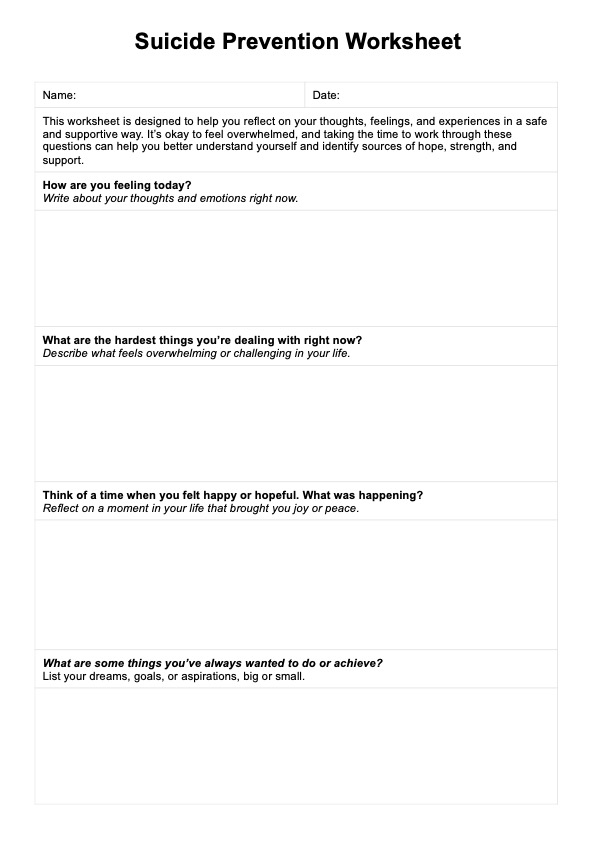
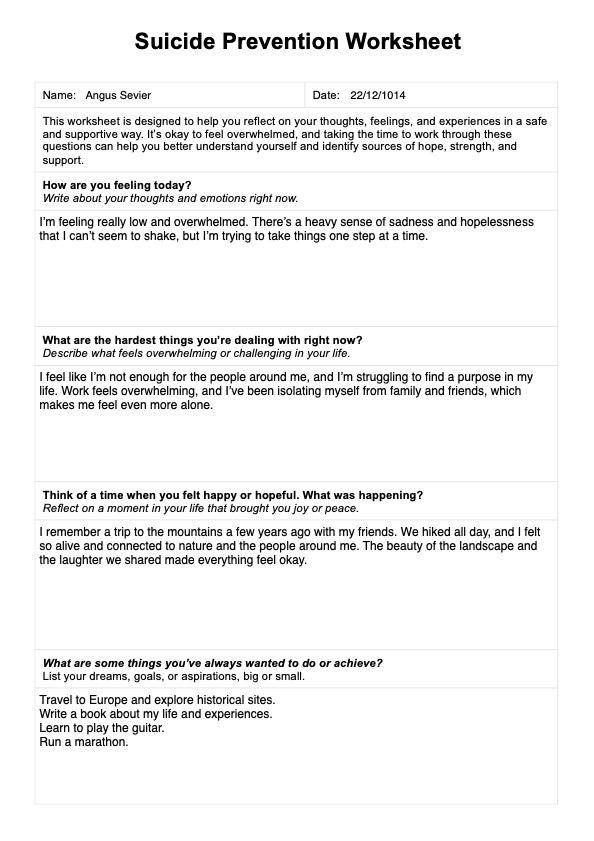

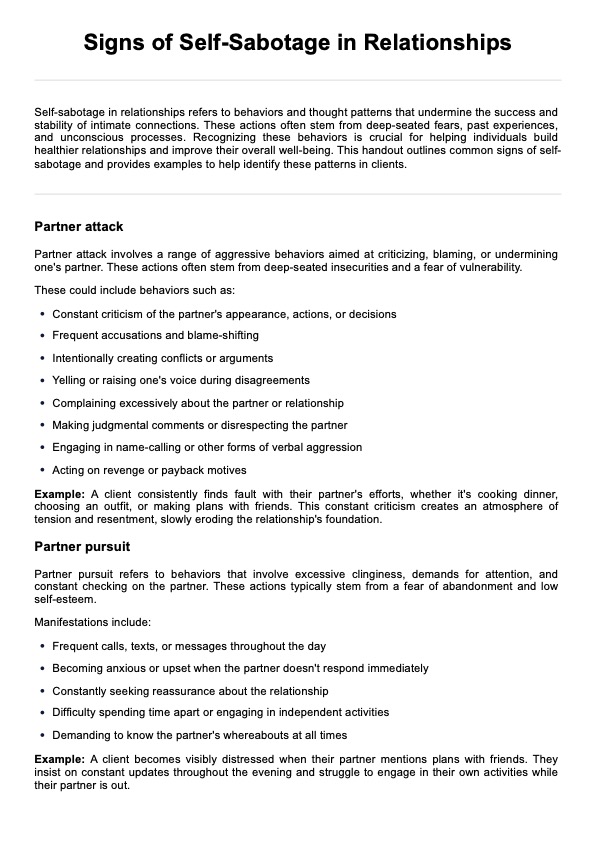
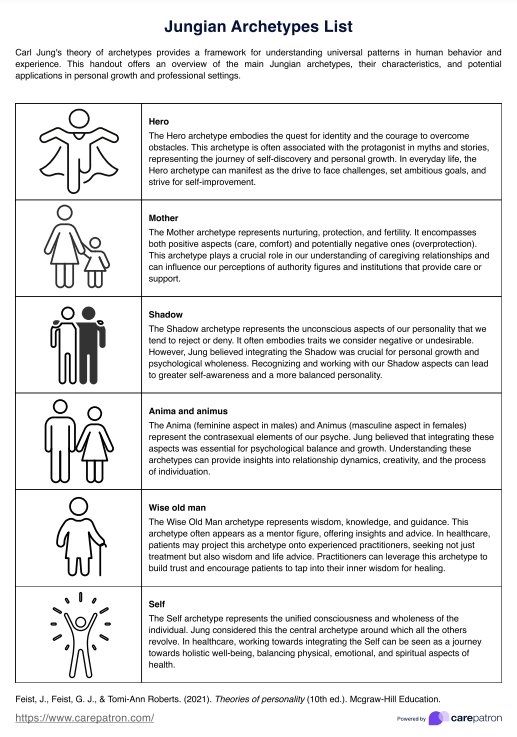
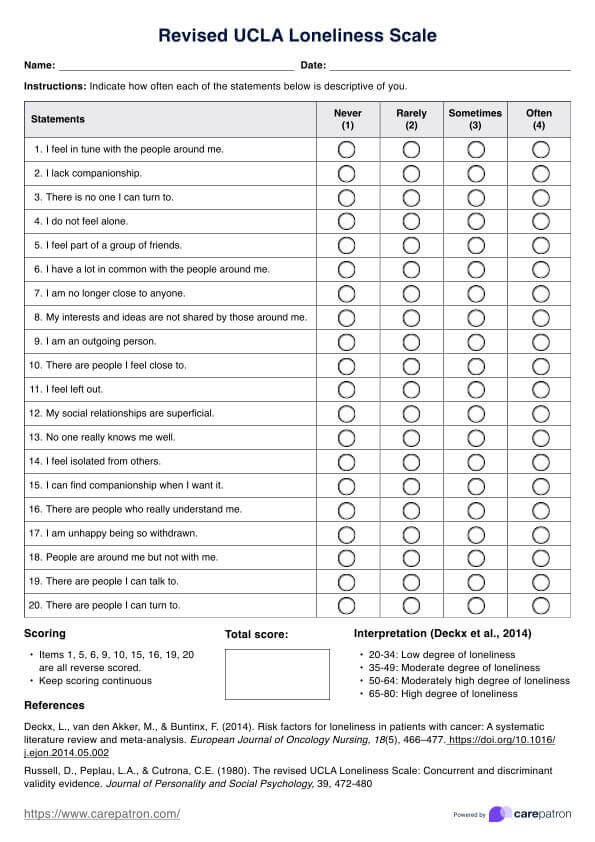
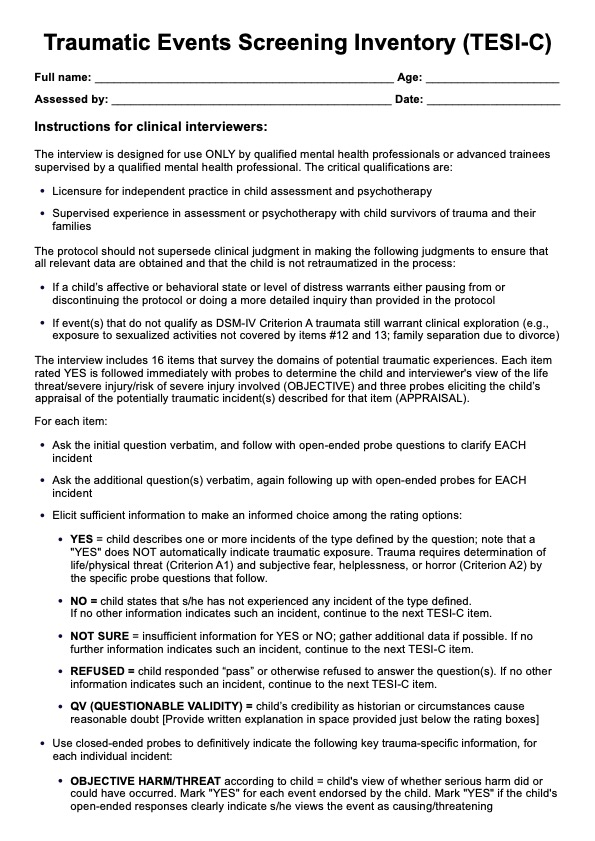
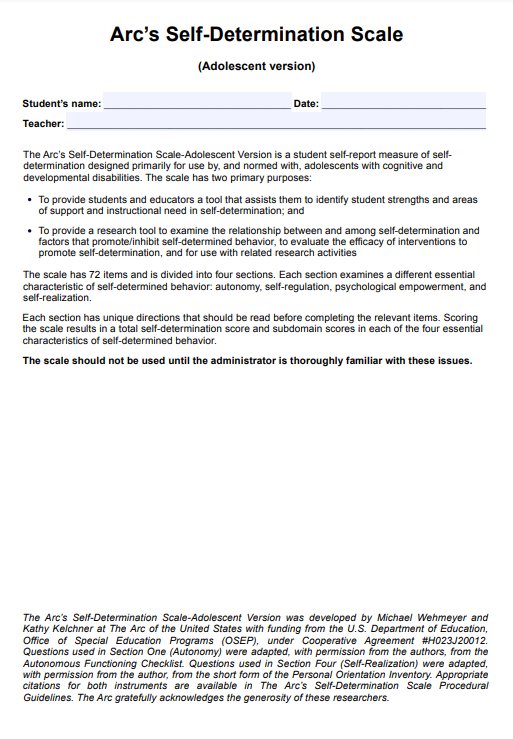
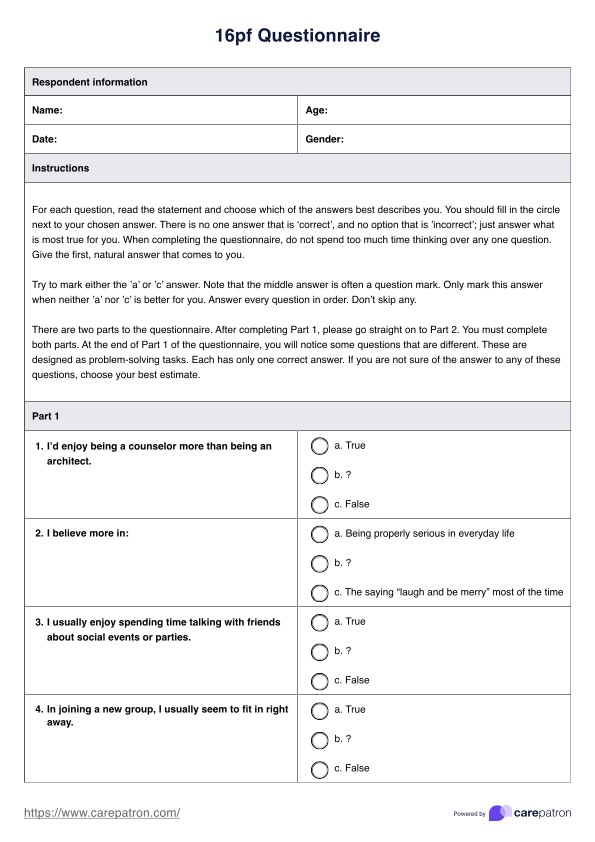
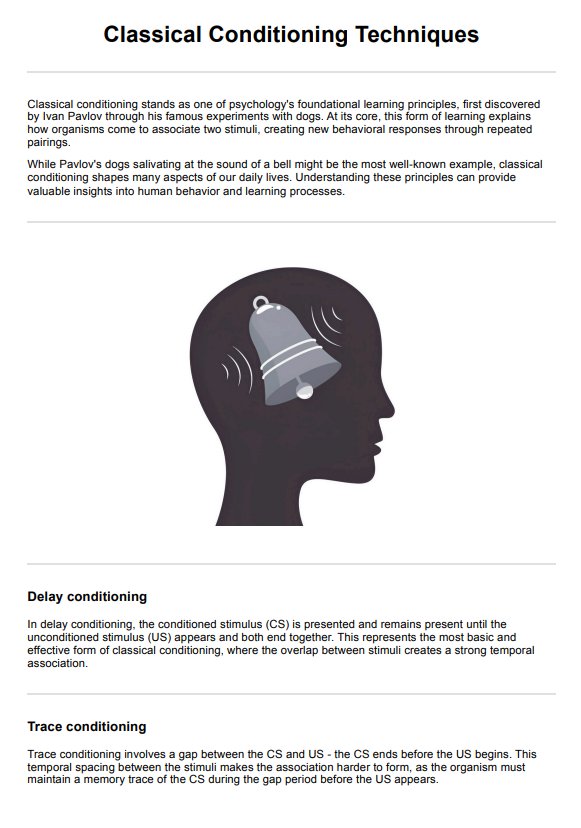
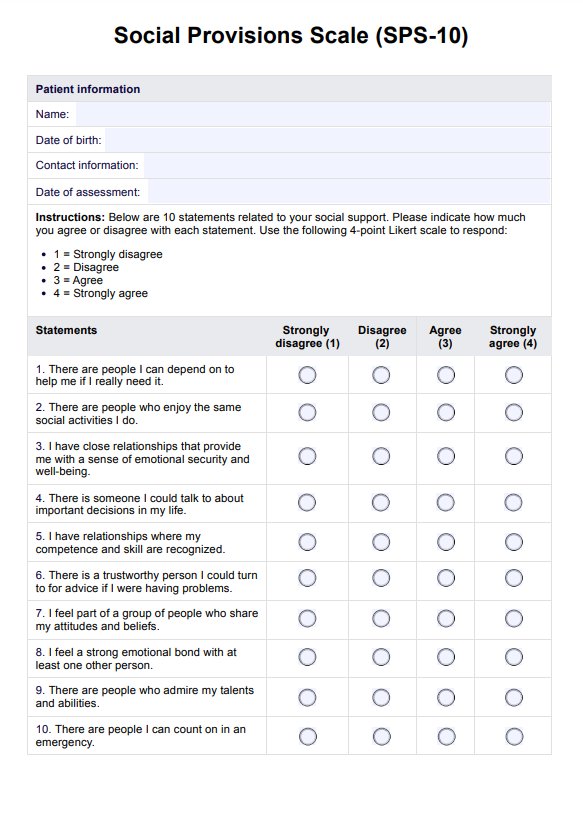
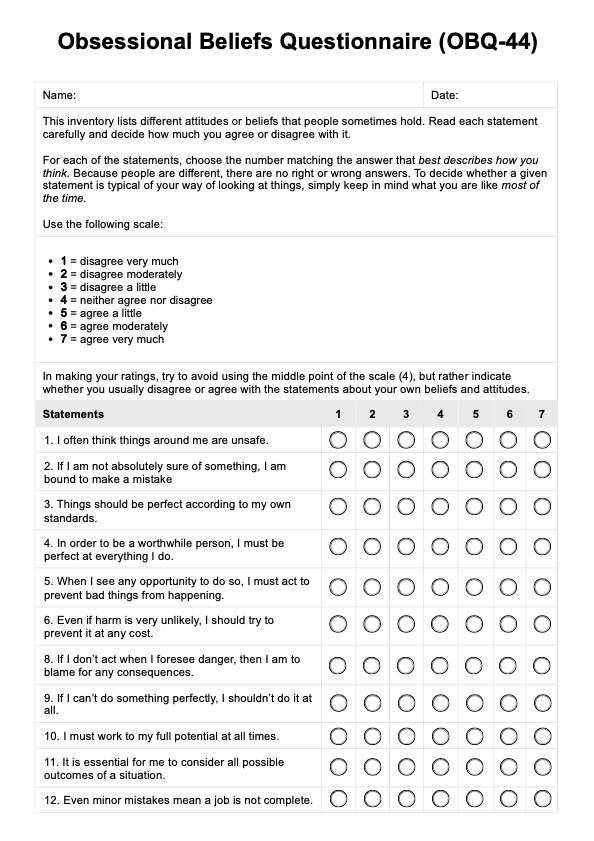

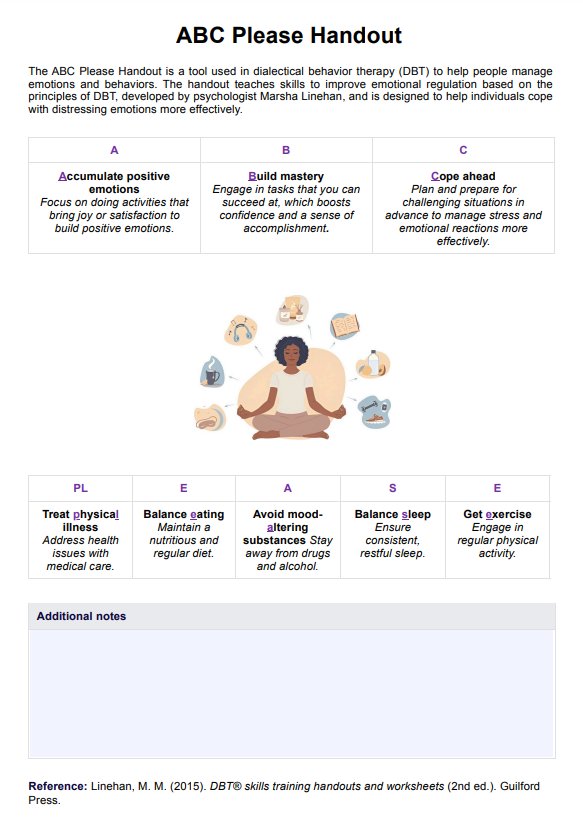
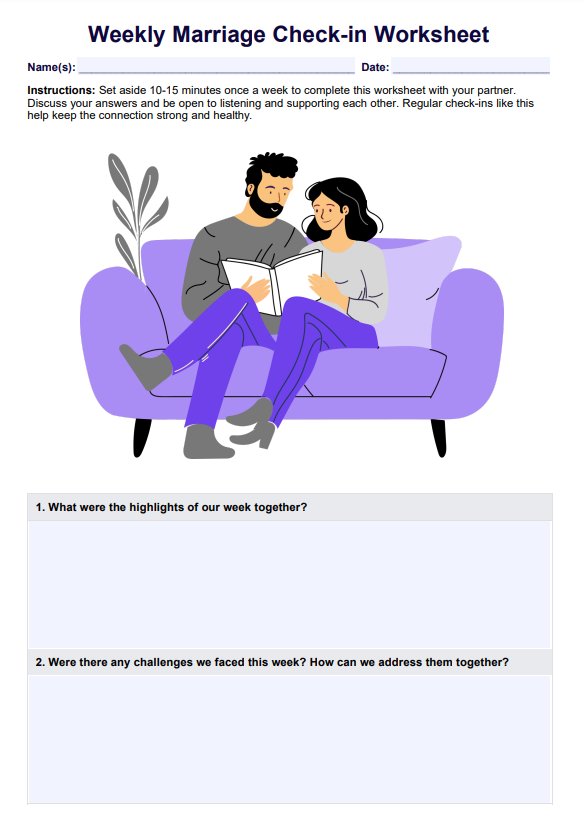
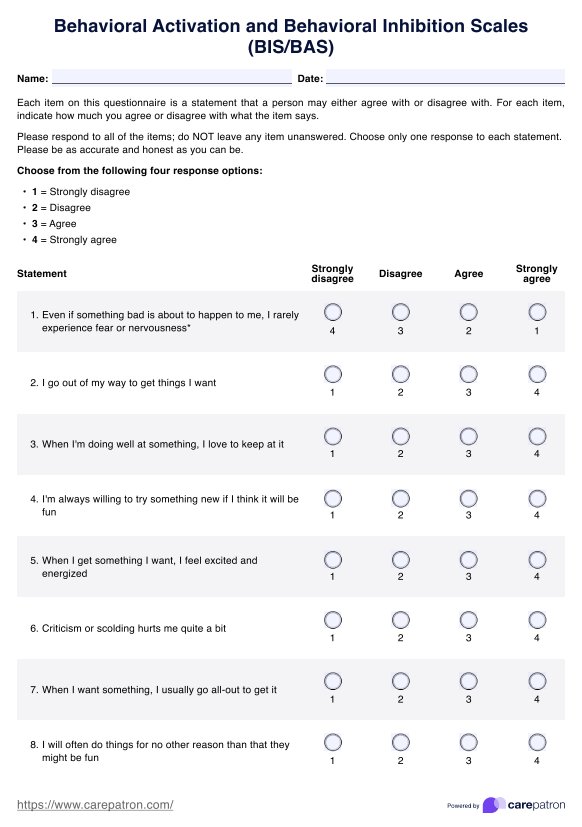
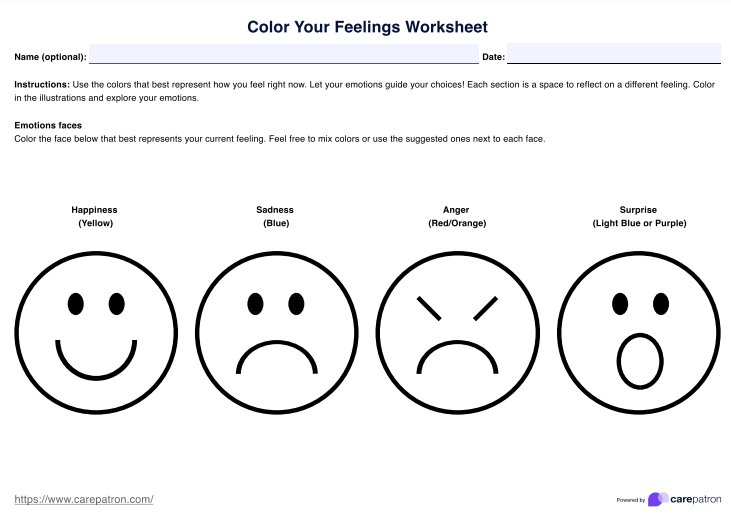
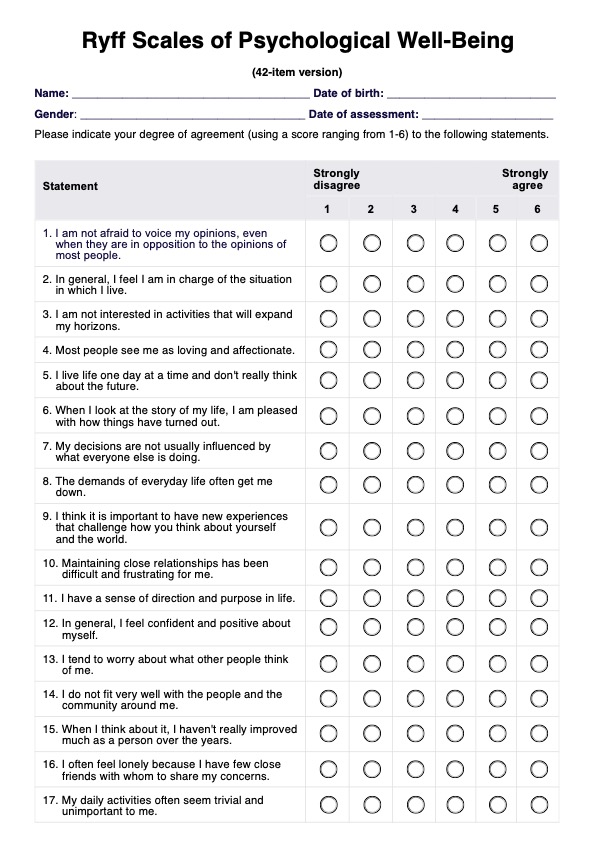
-template.jpg)
